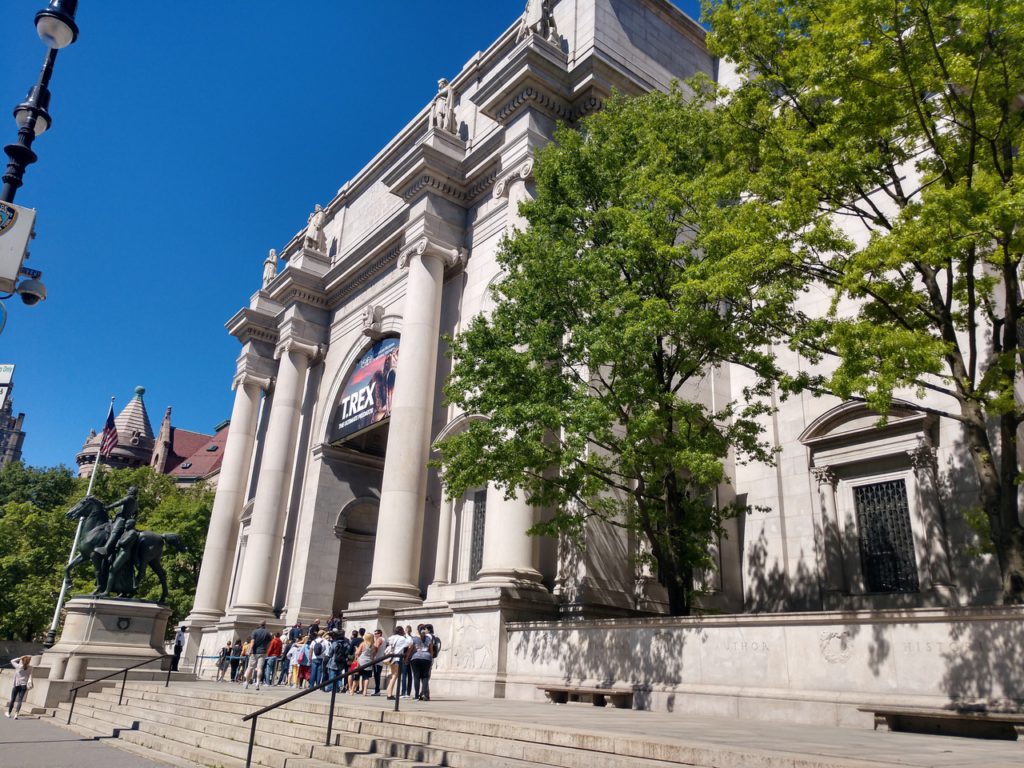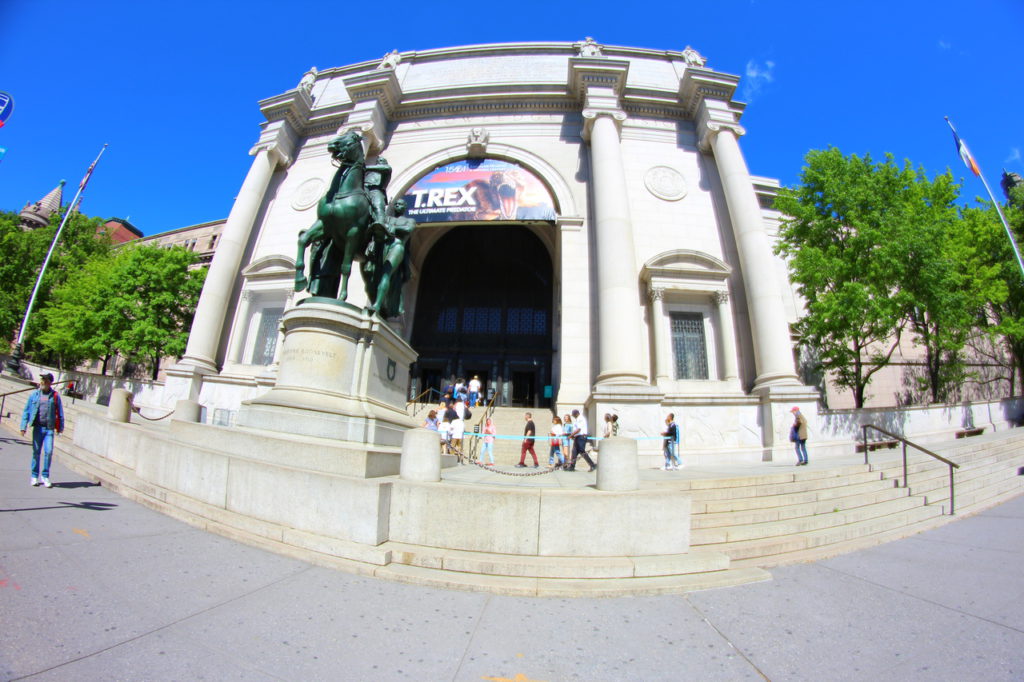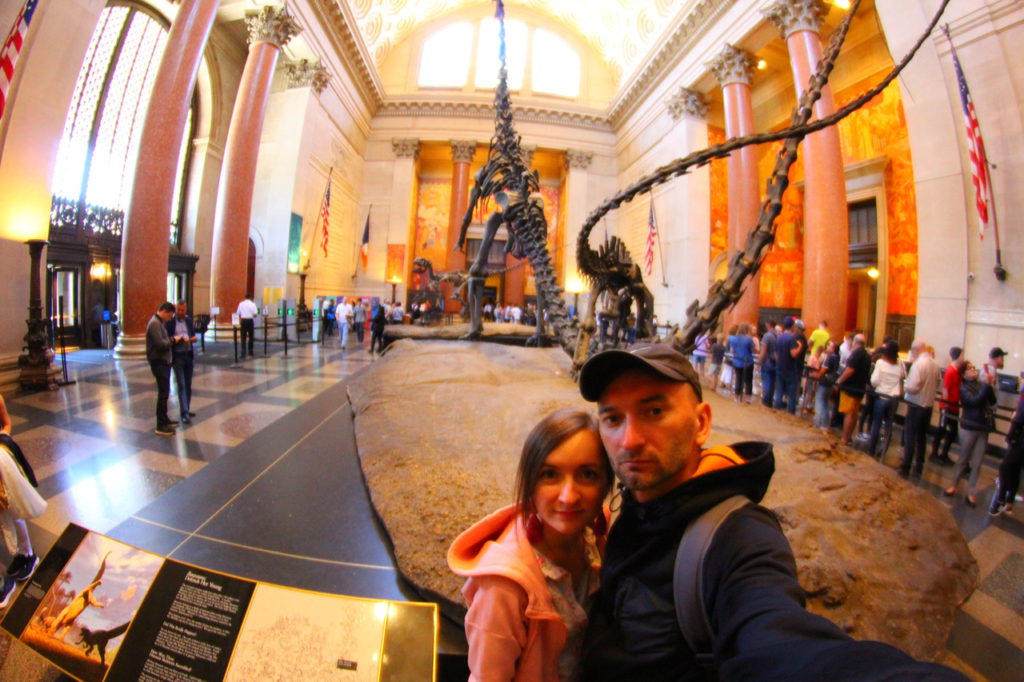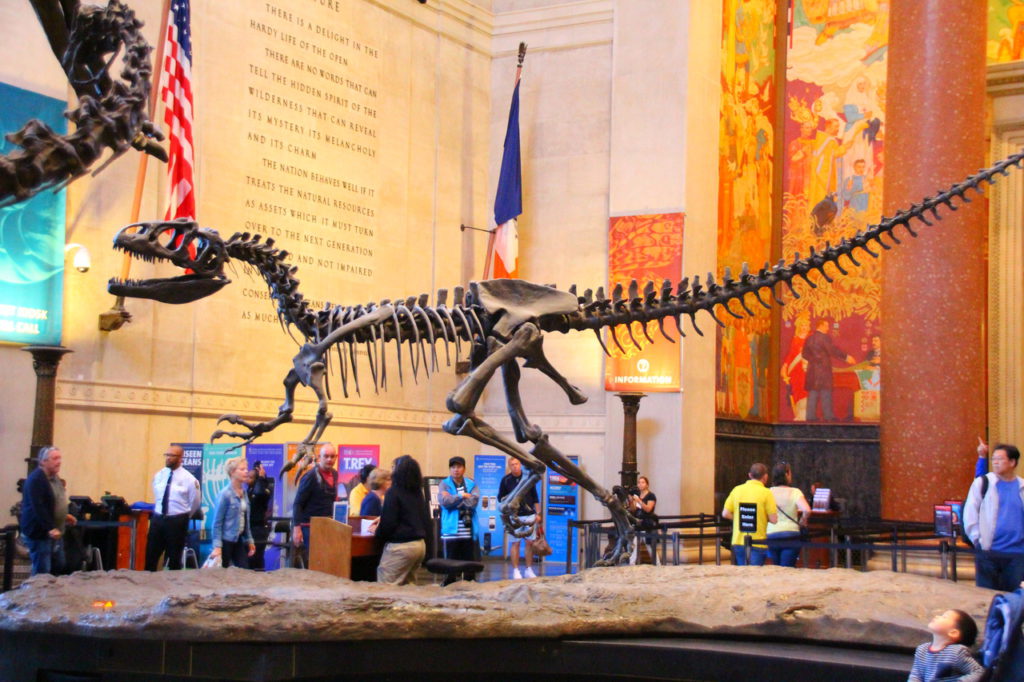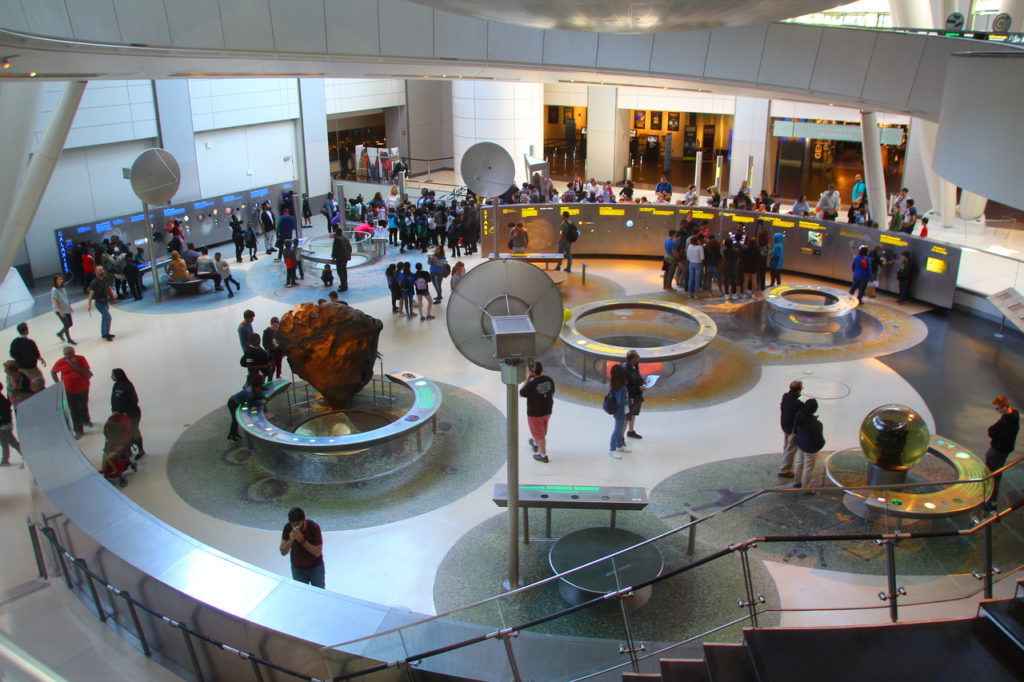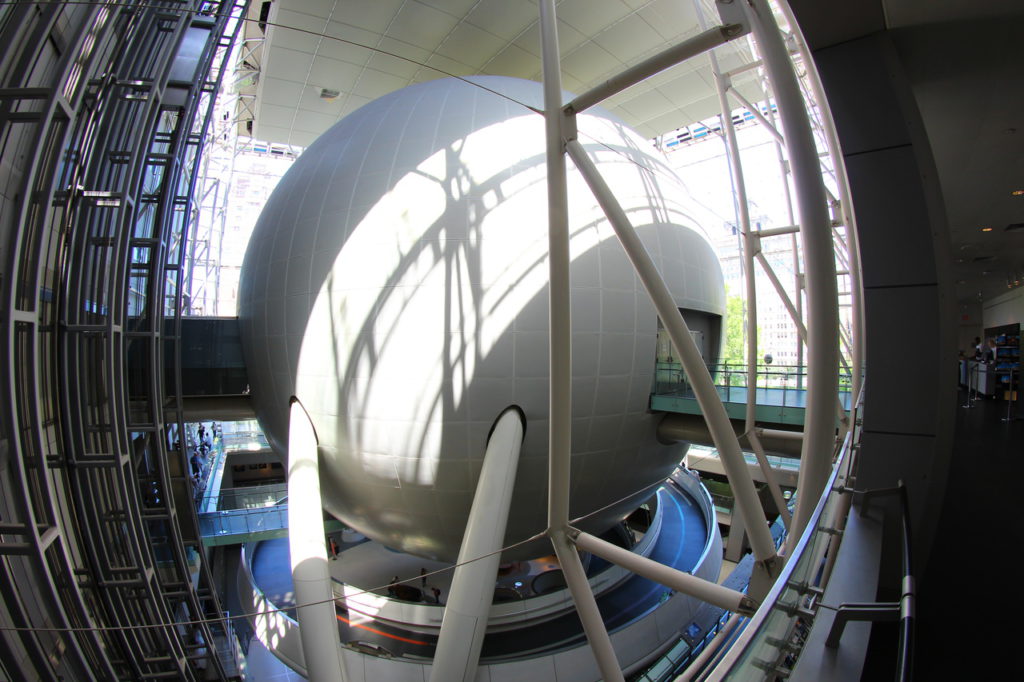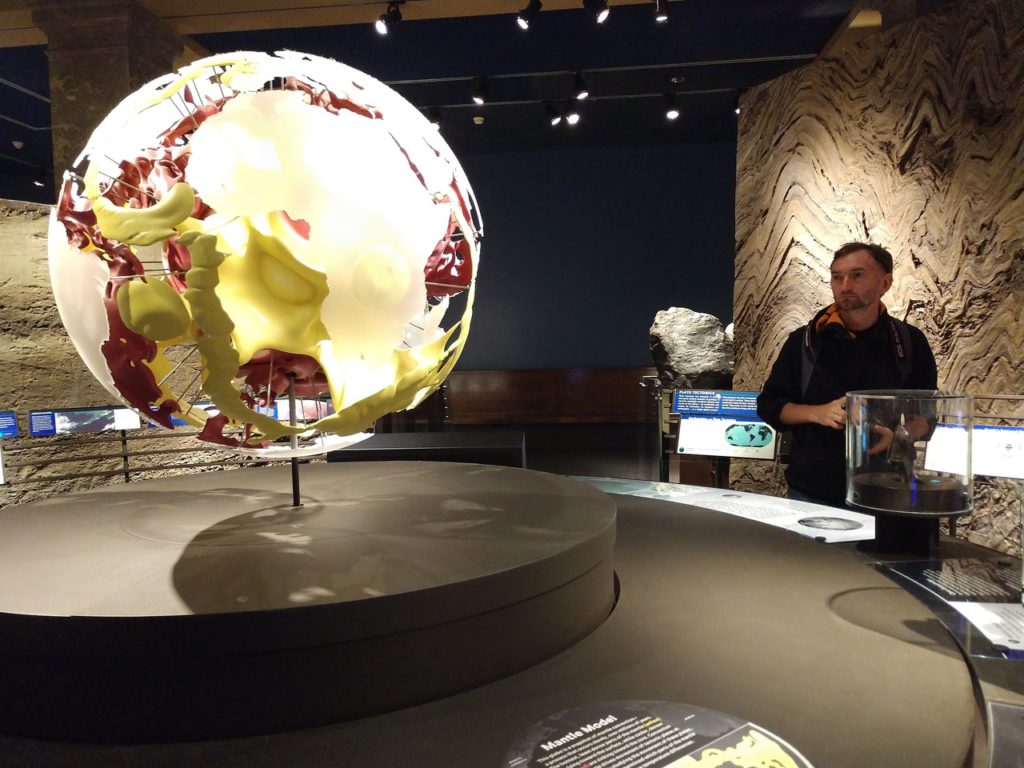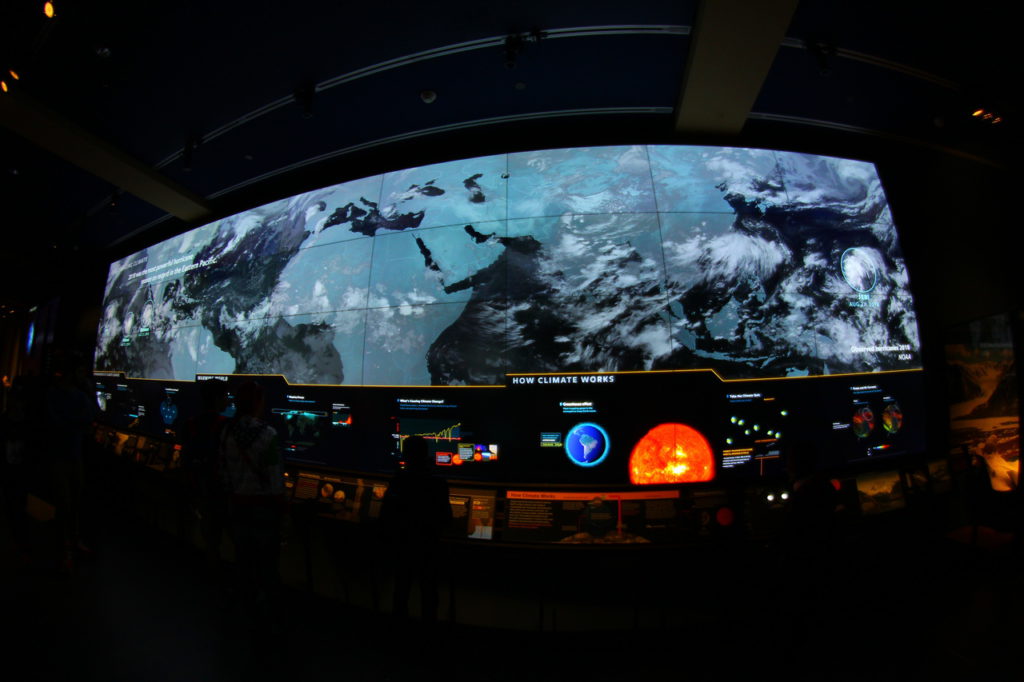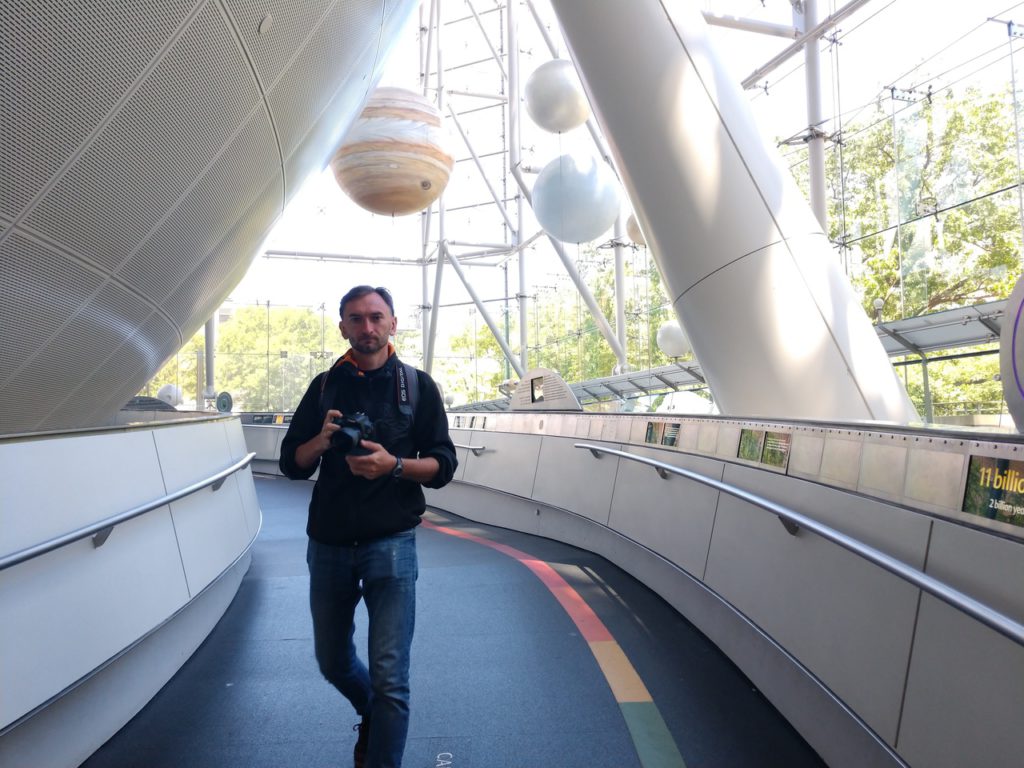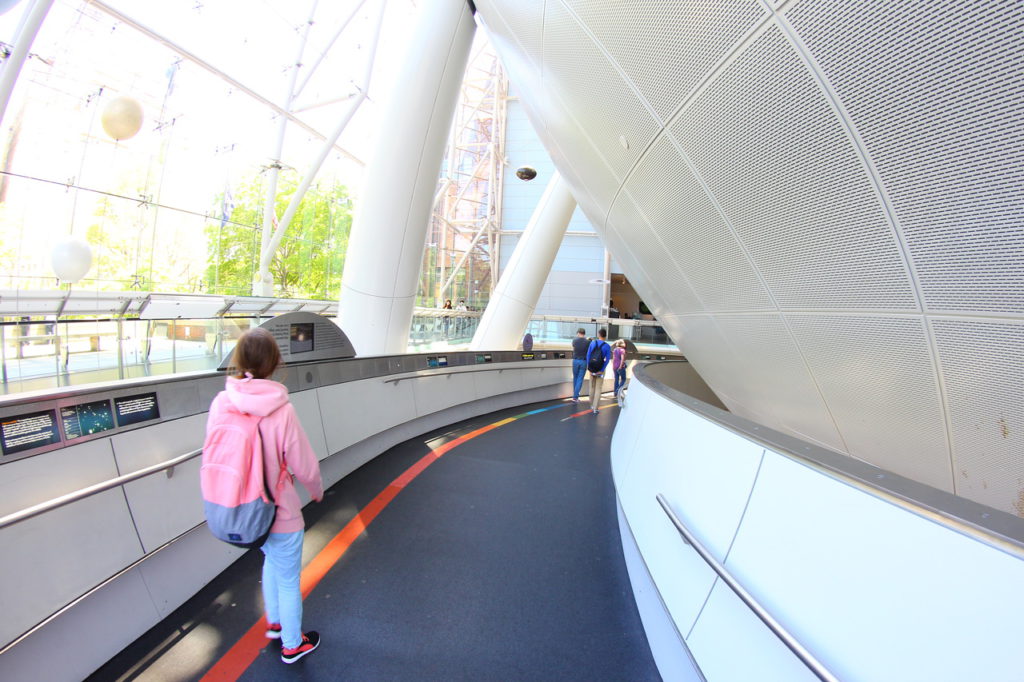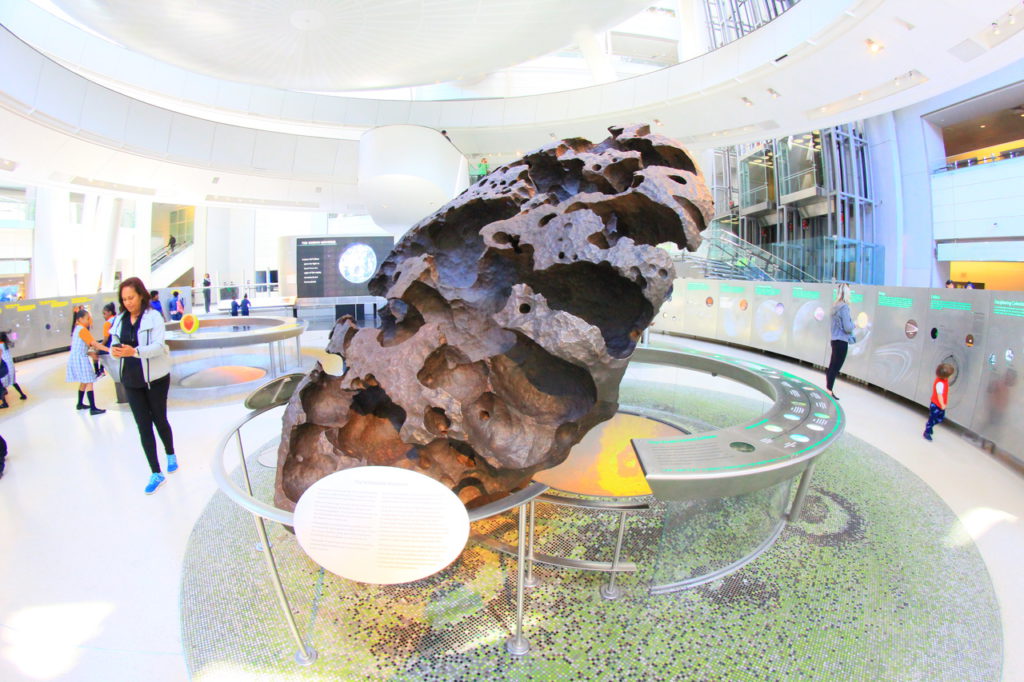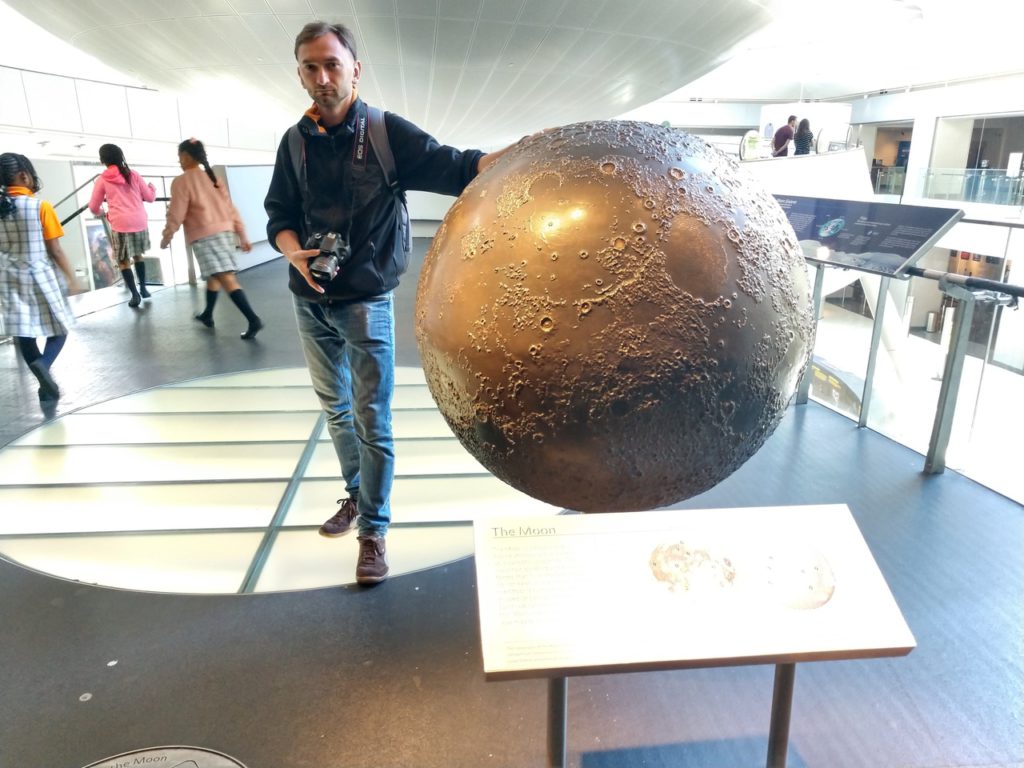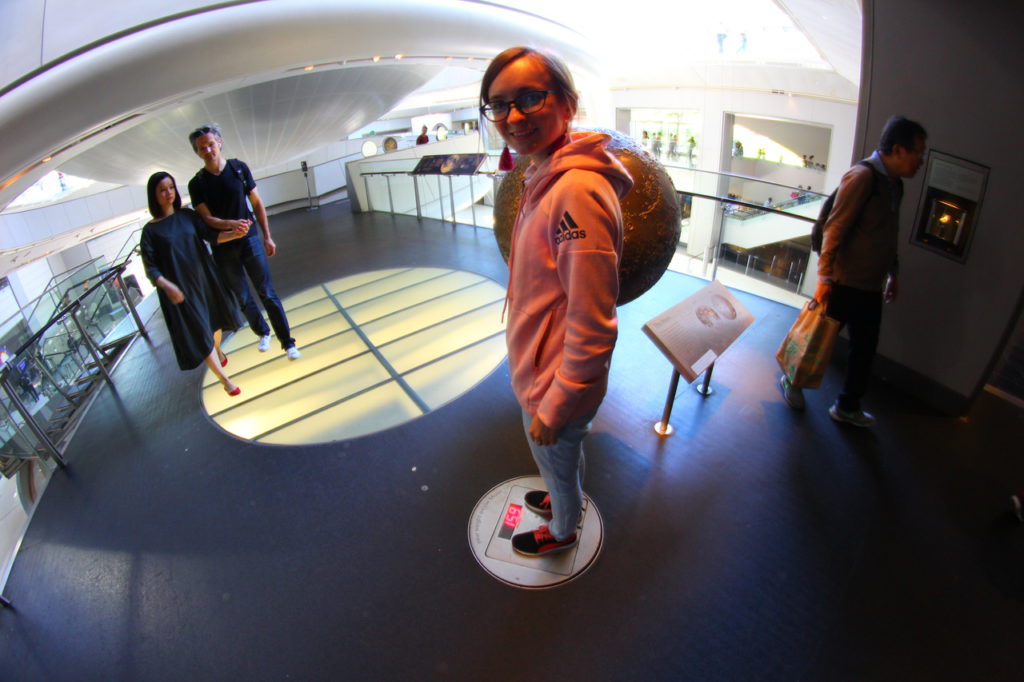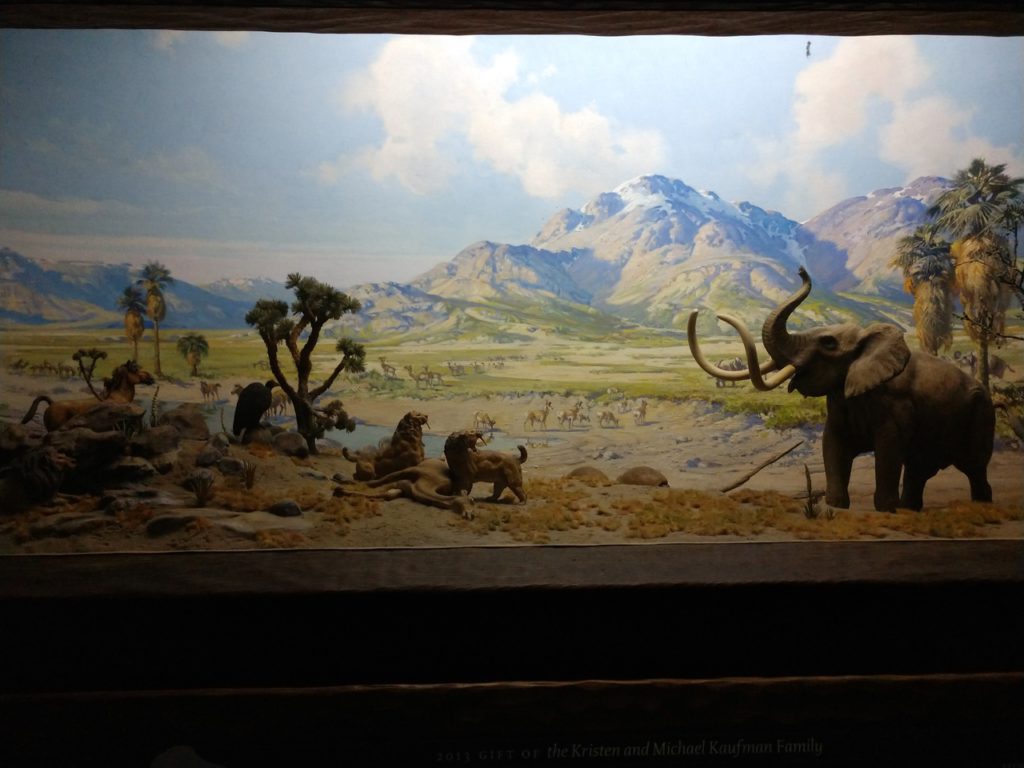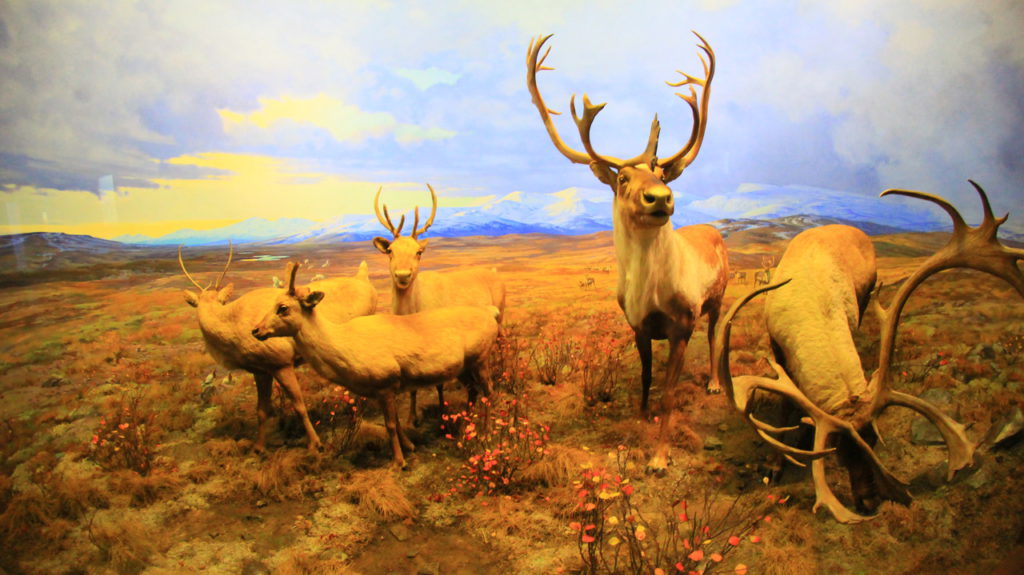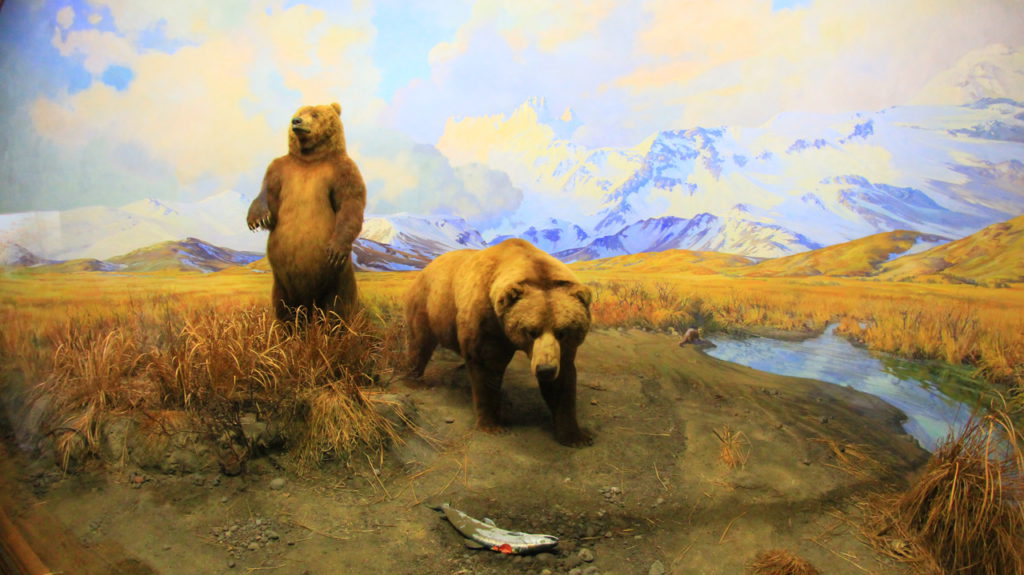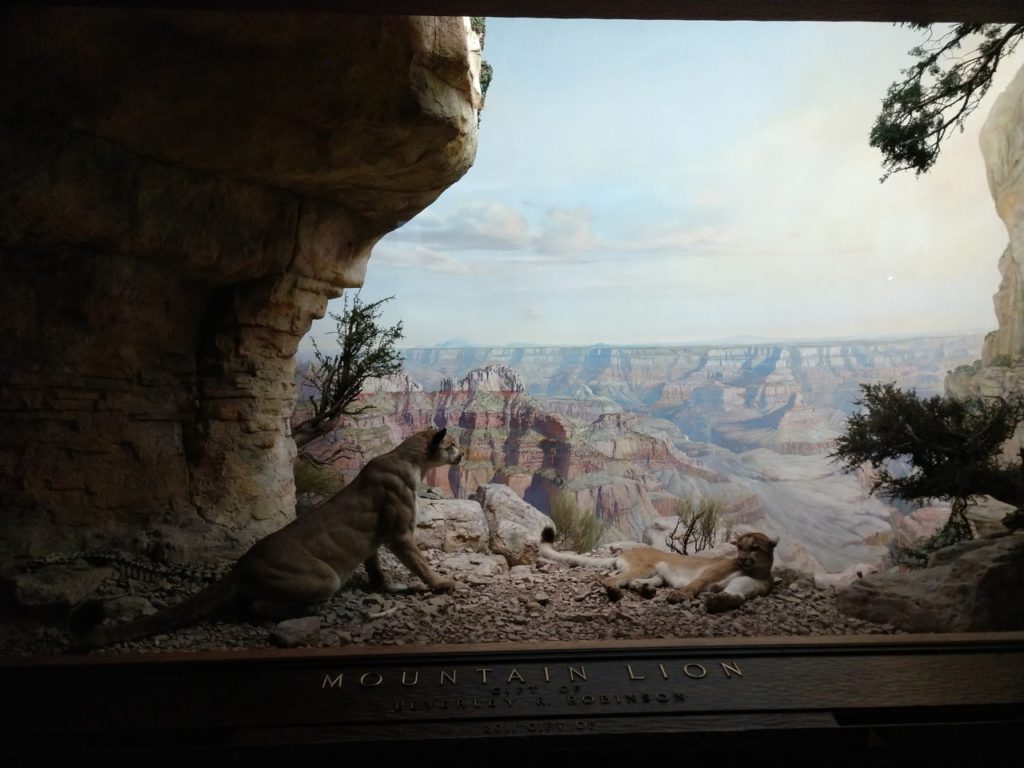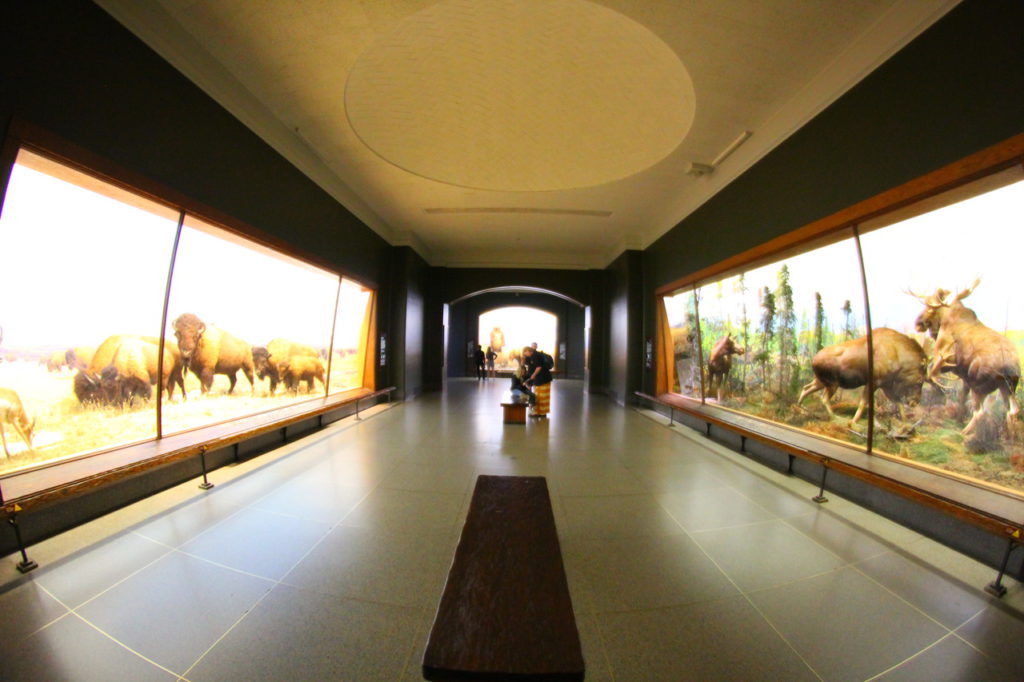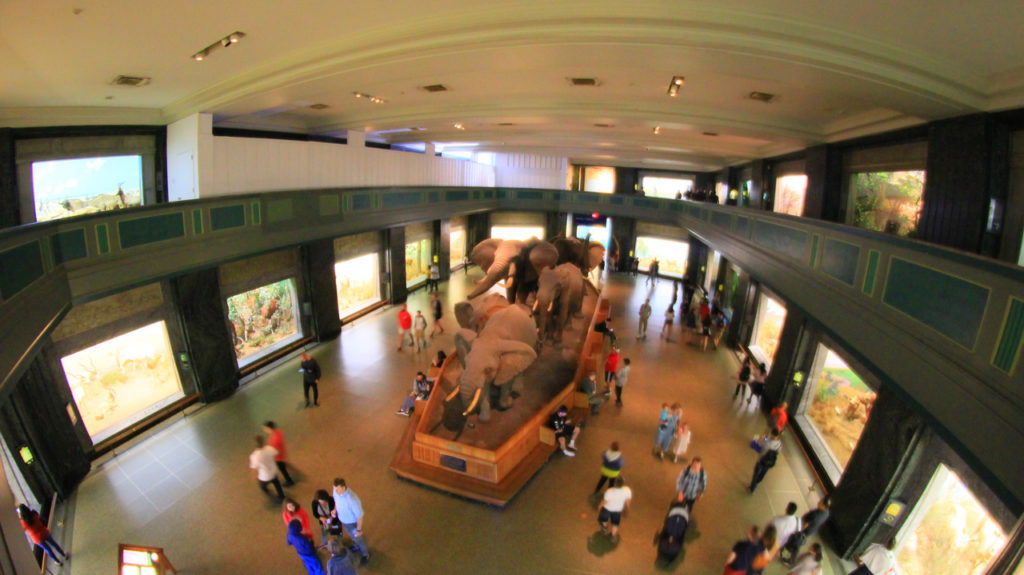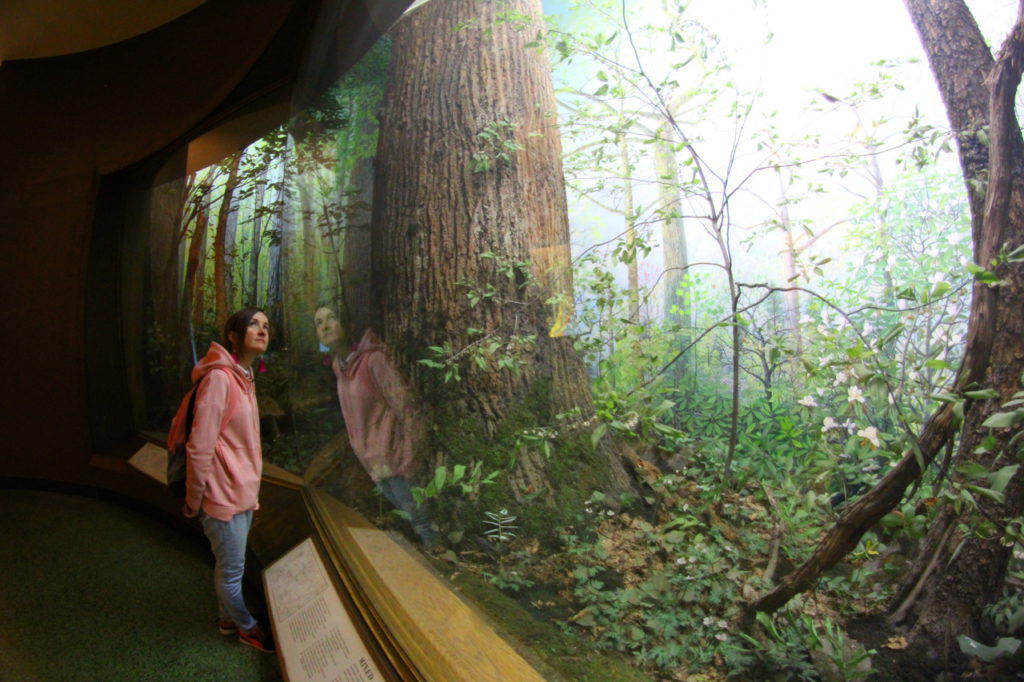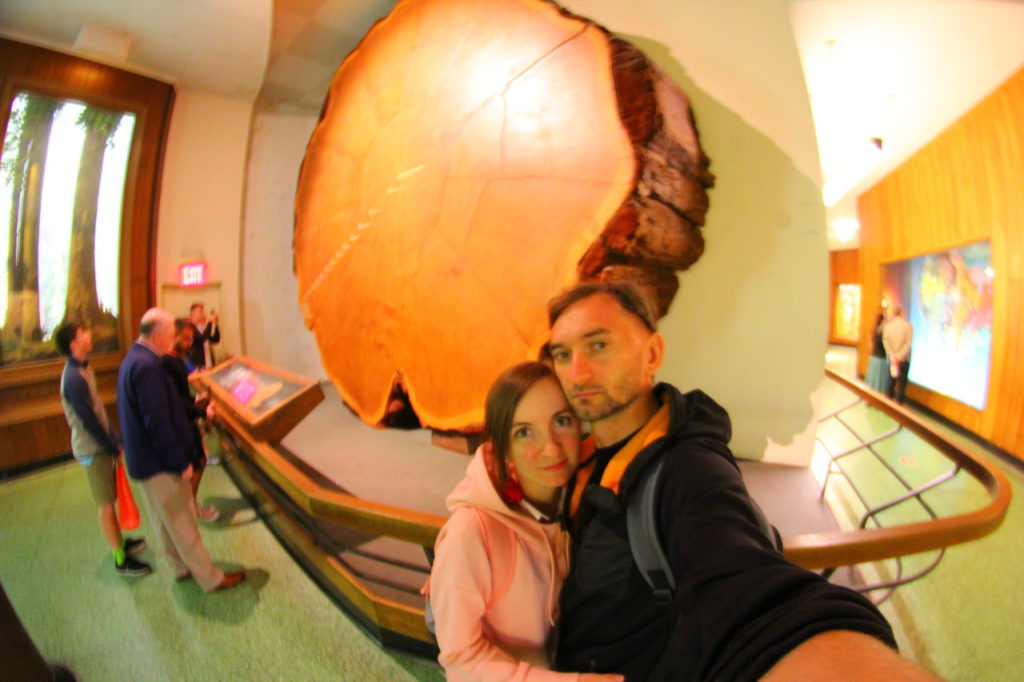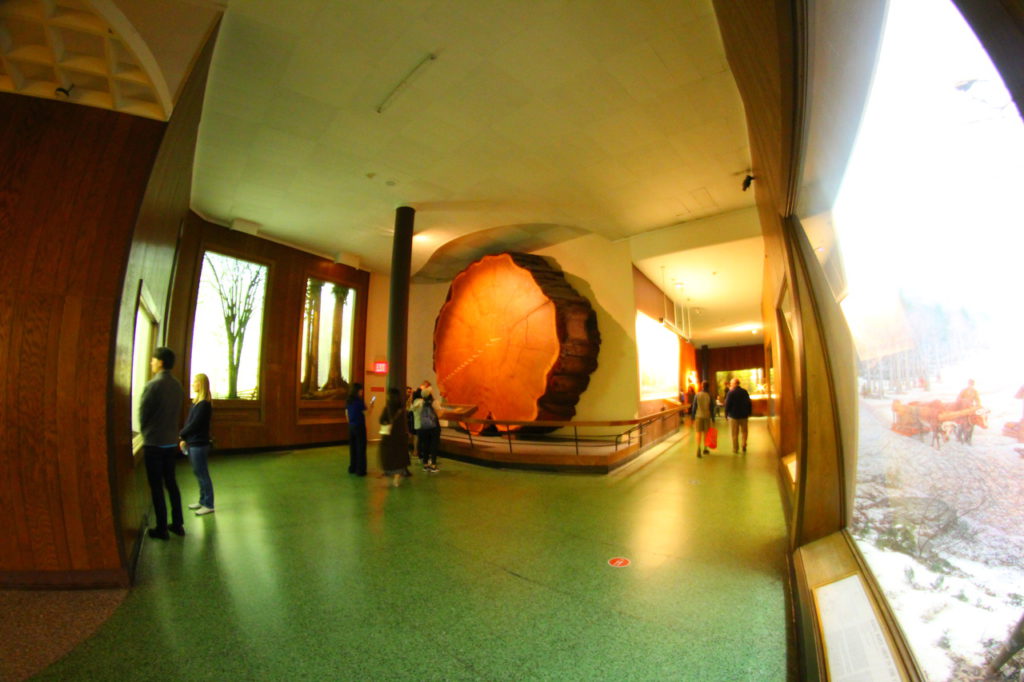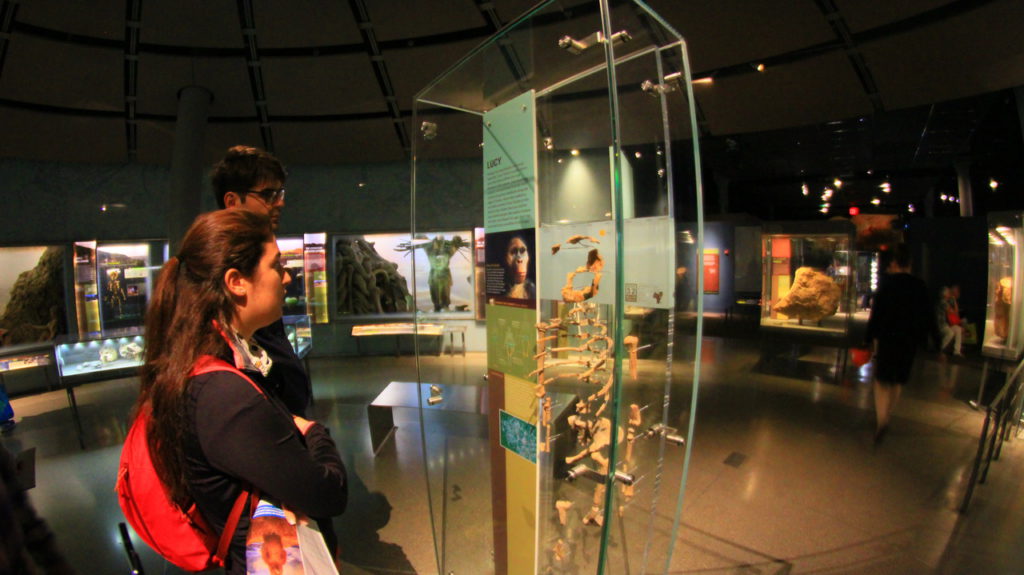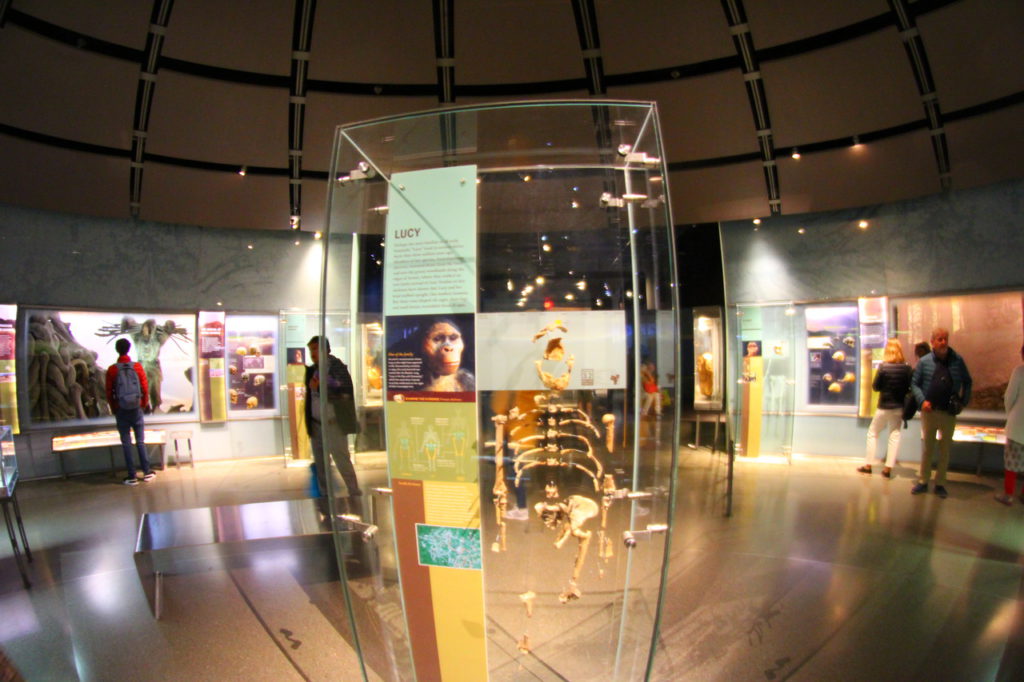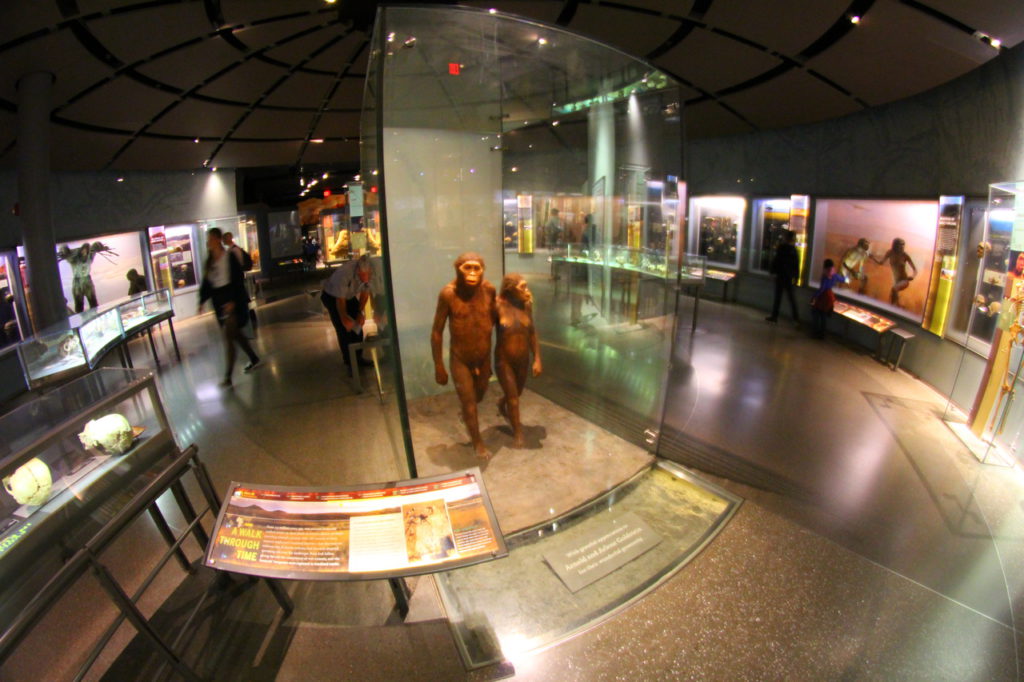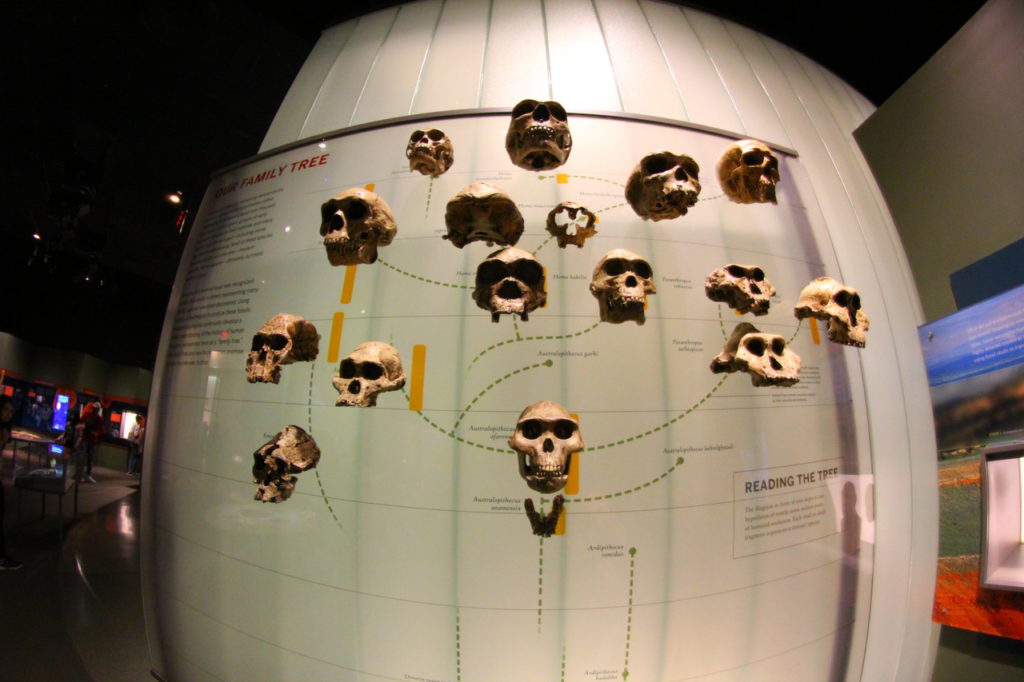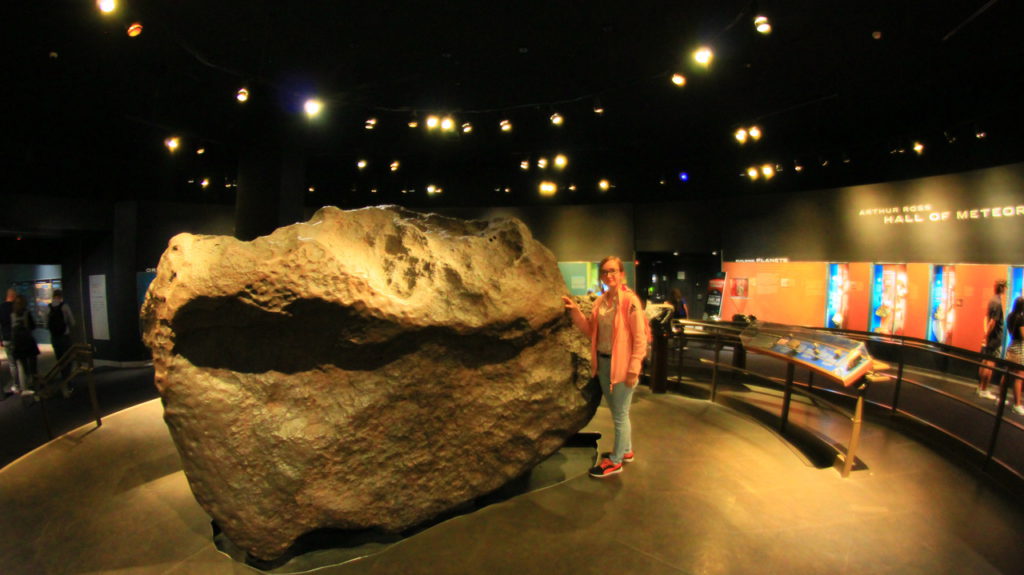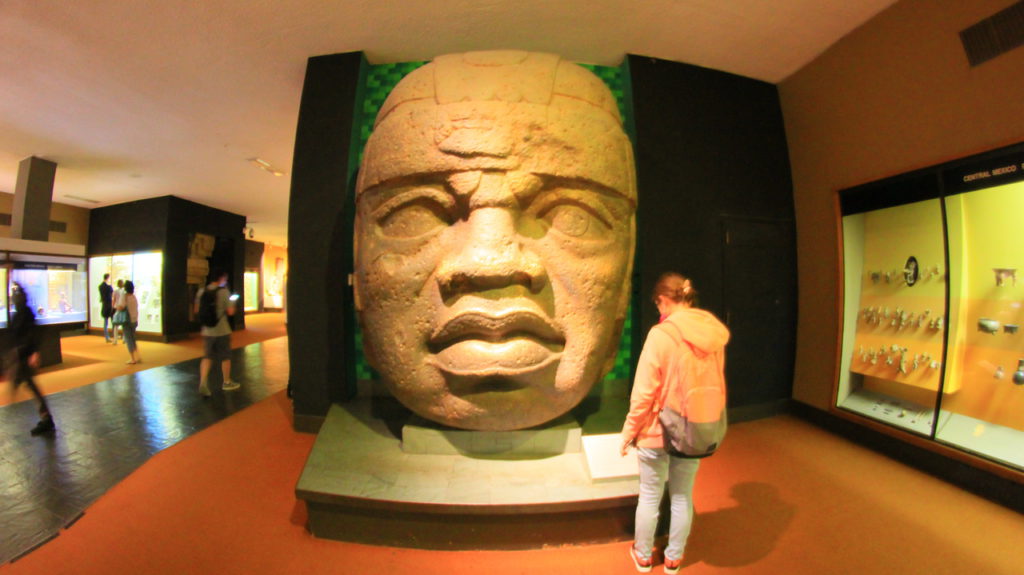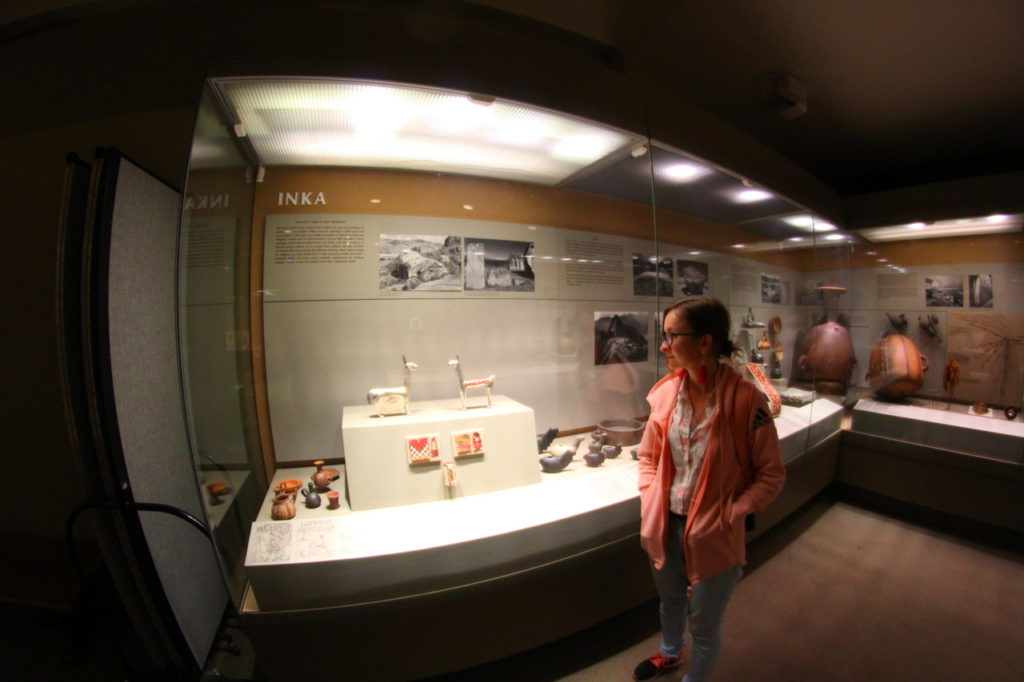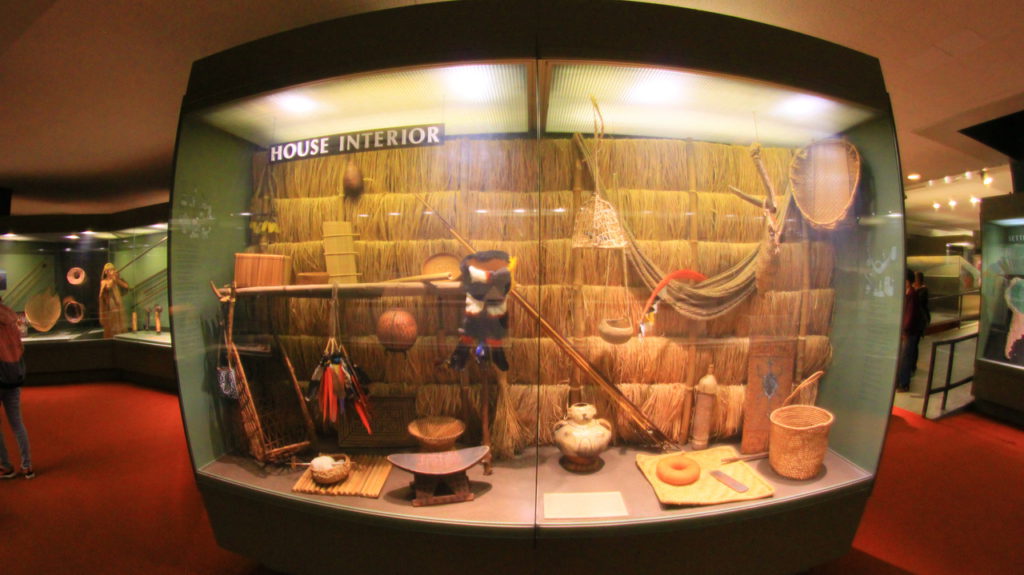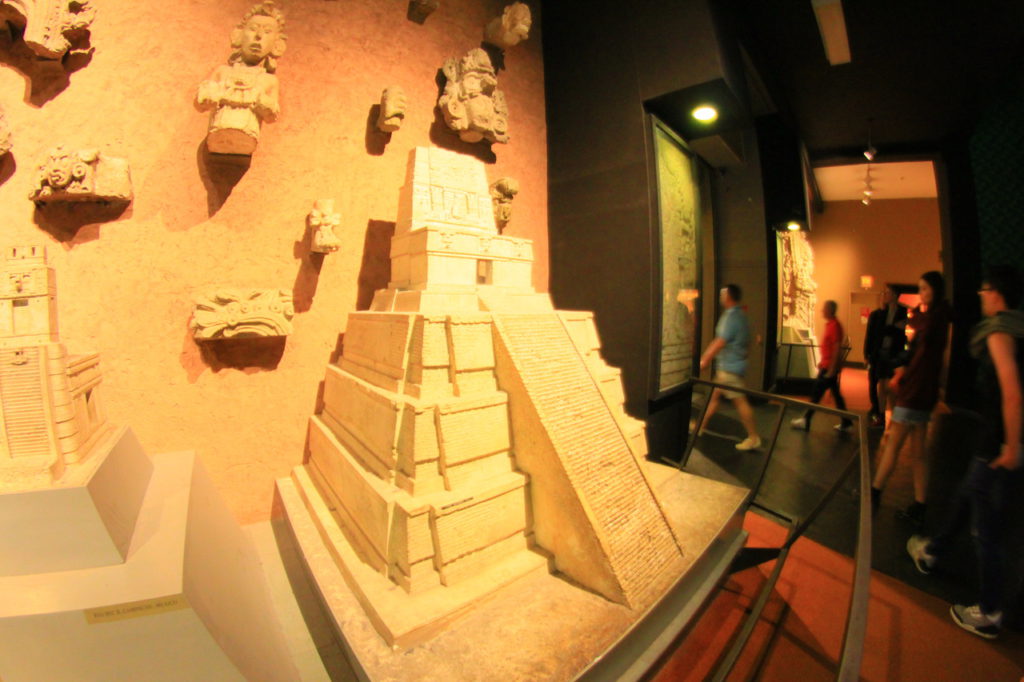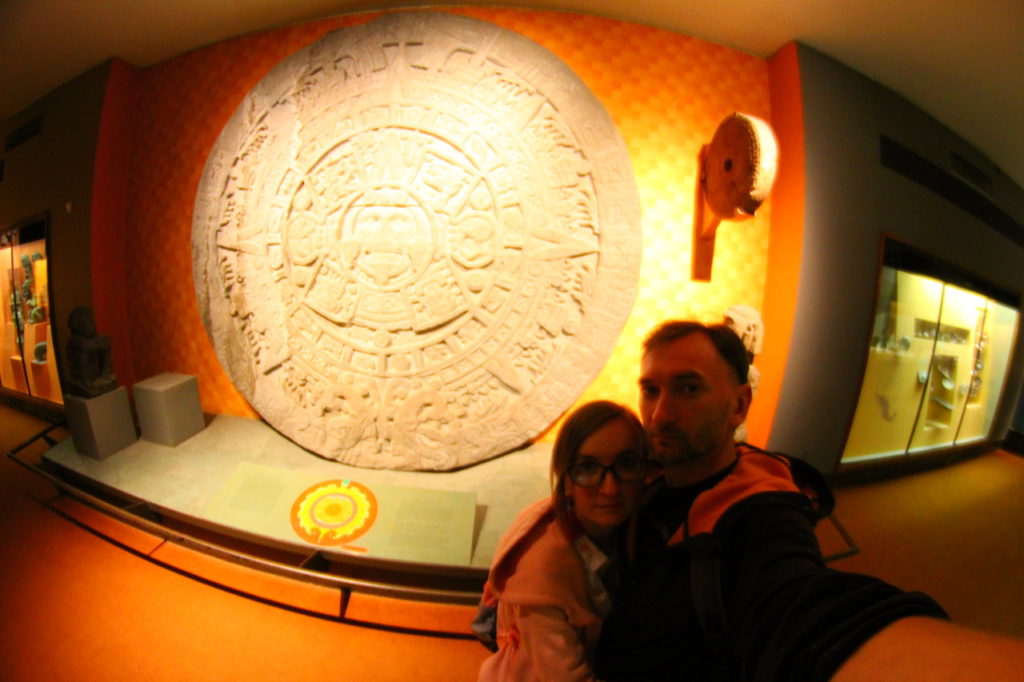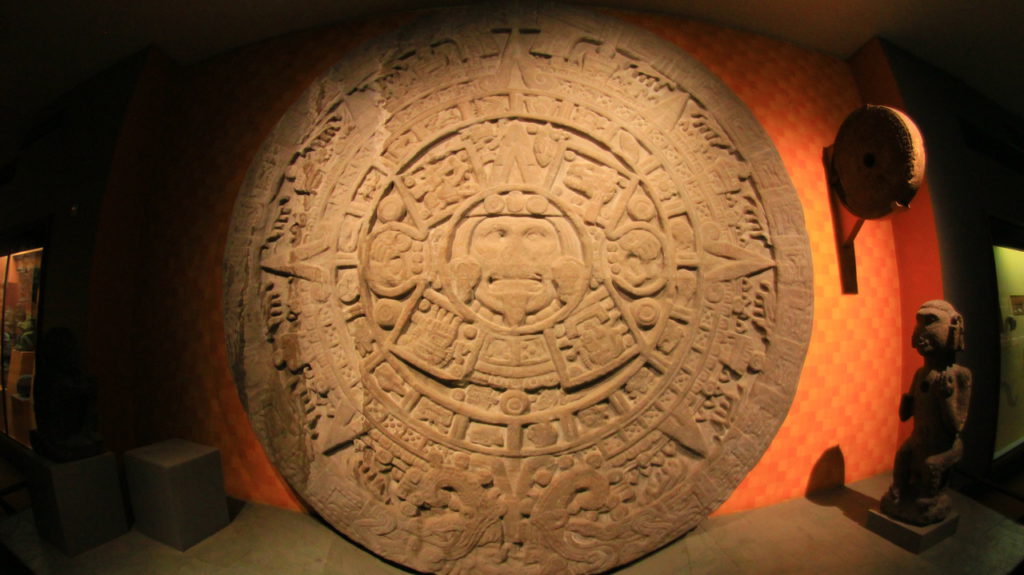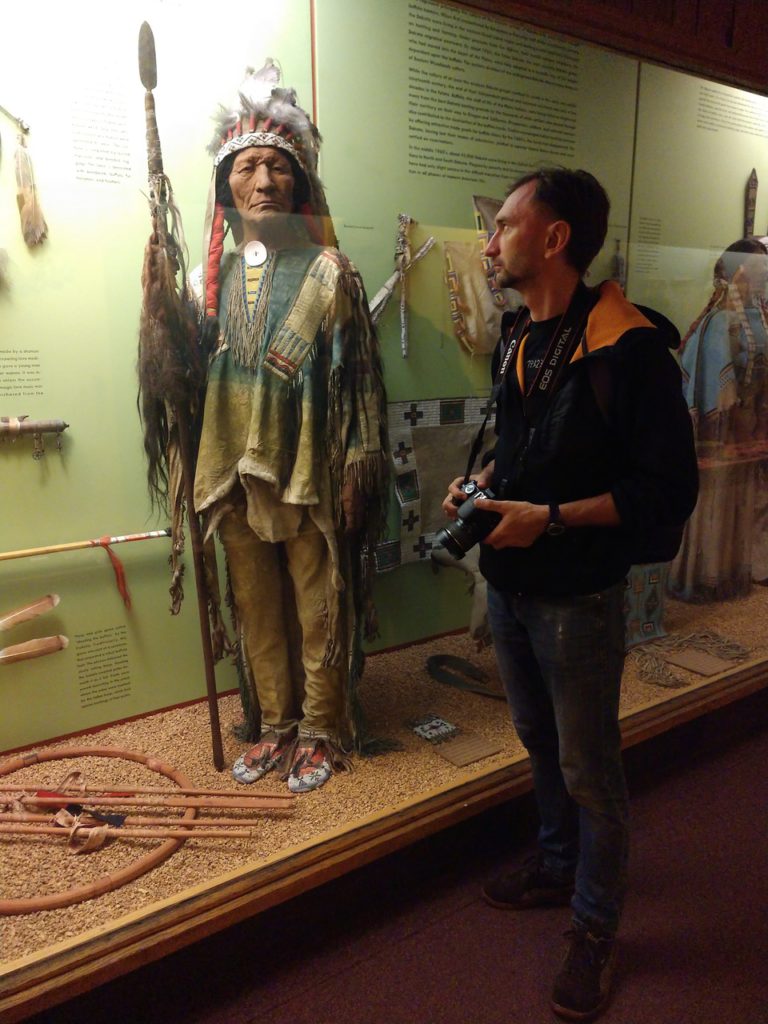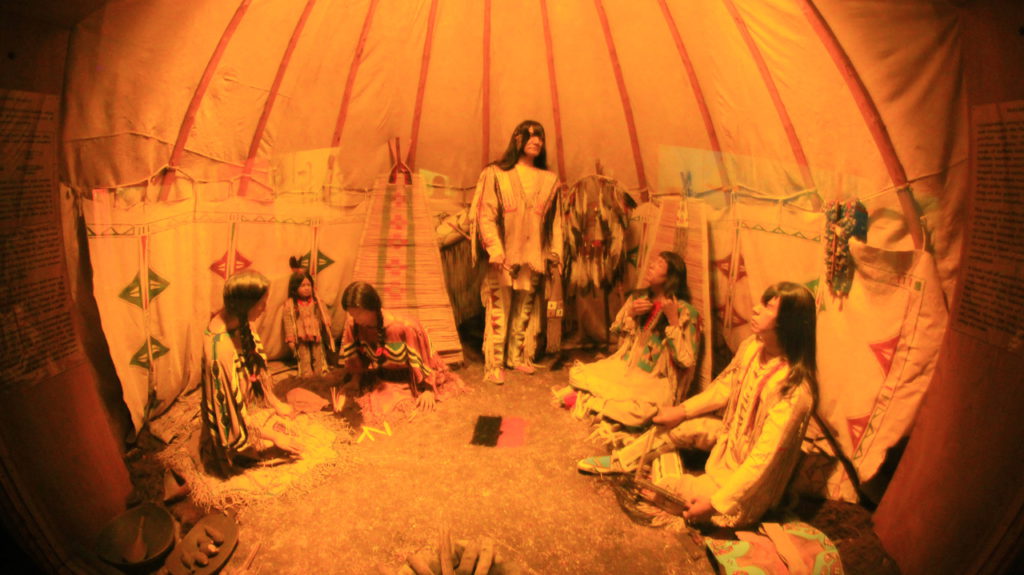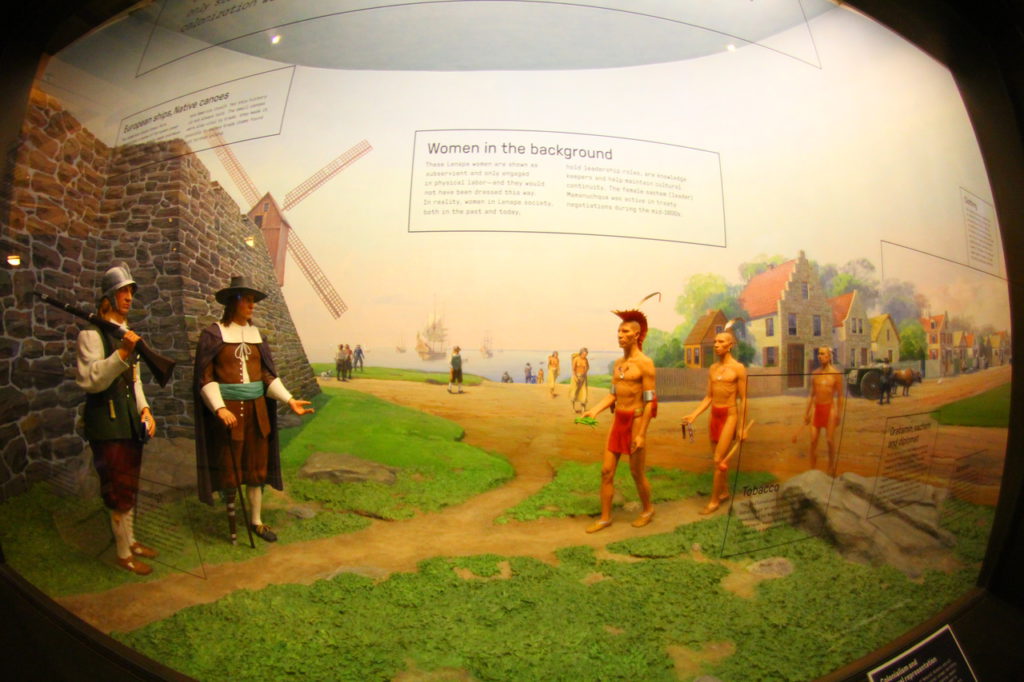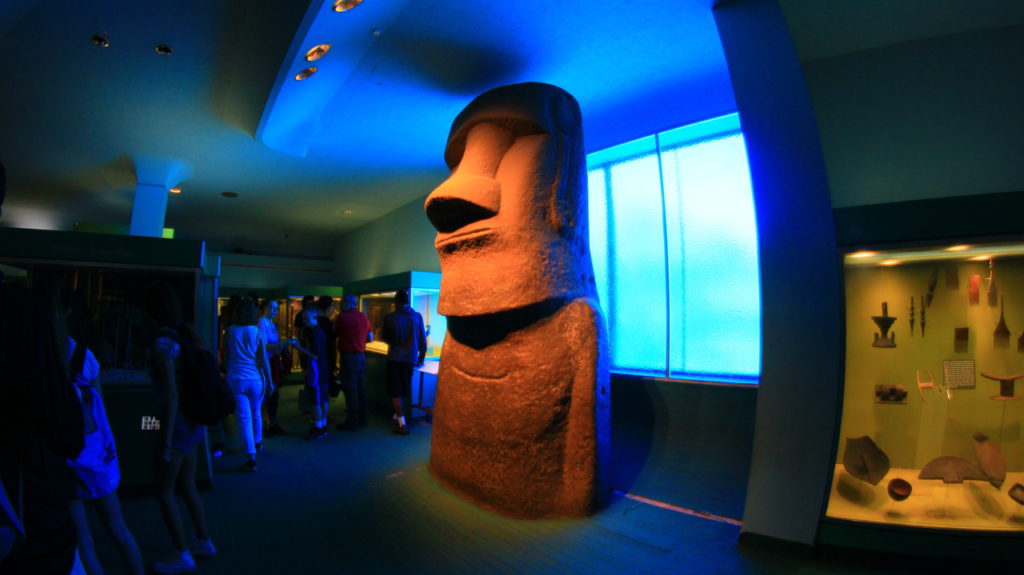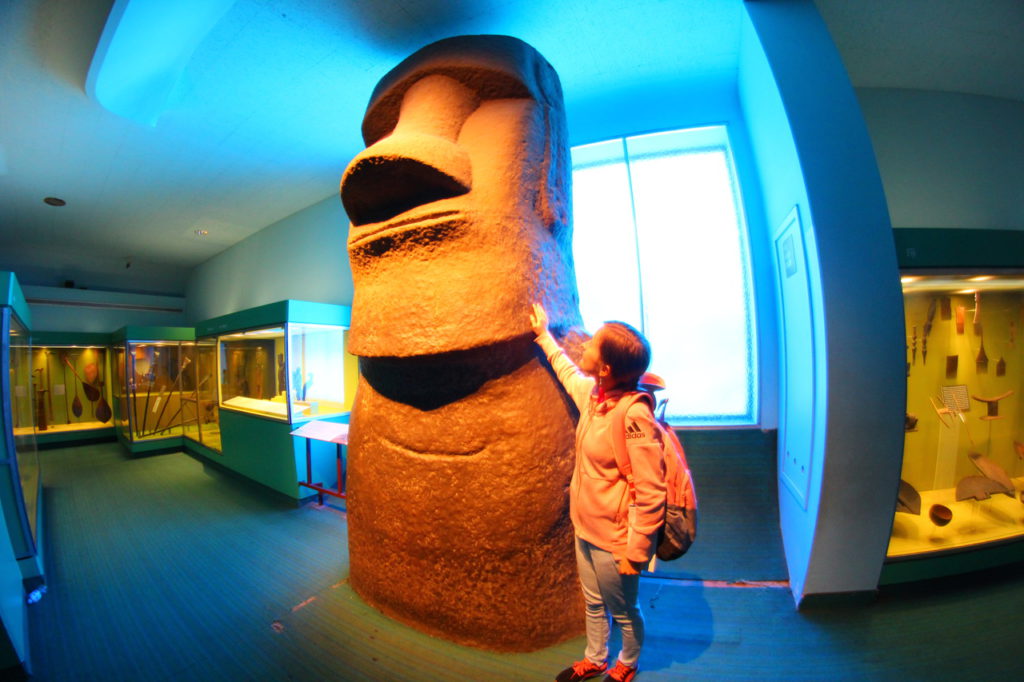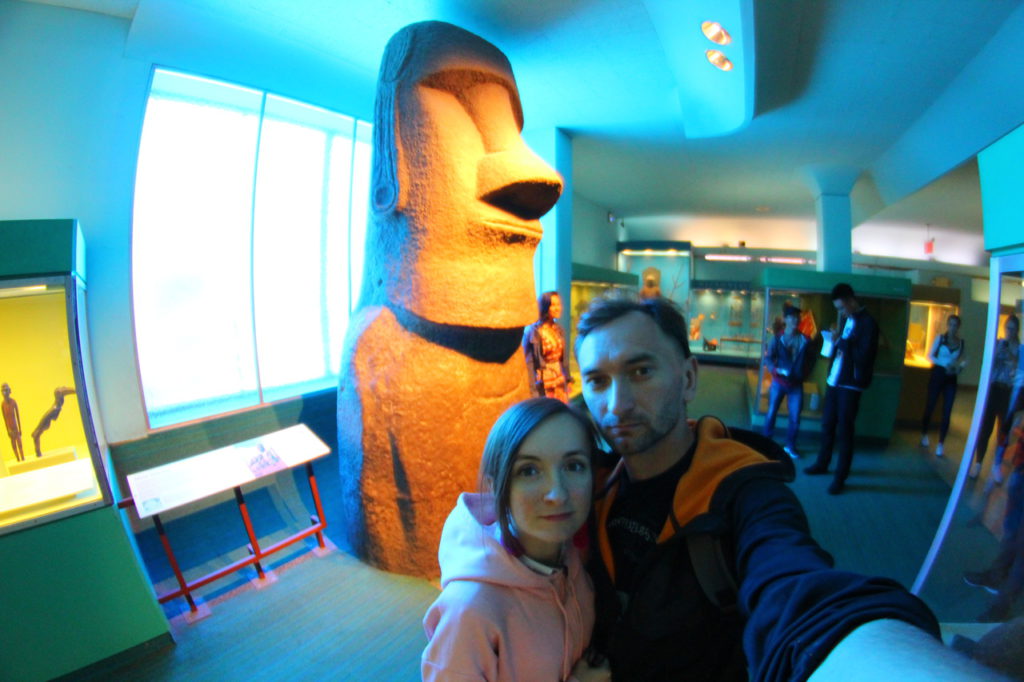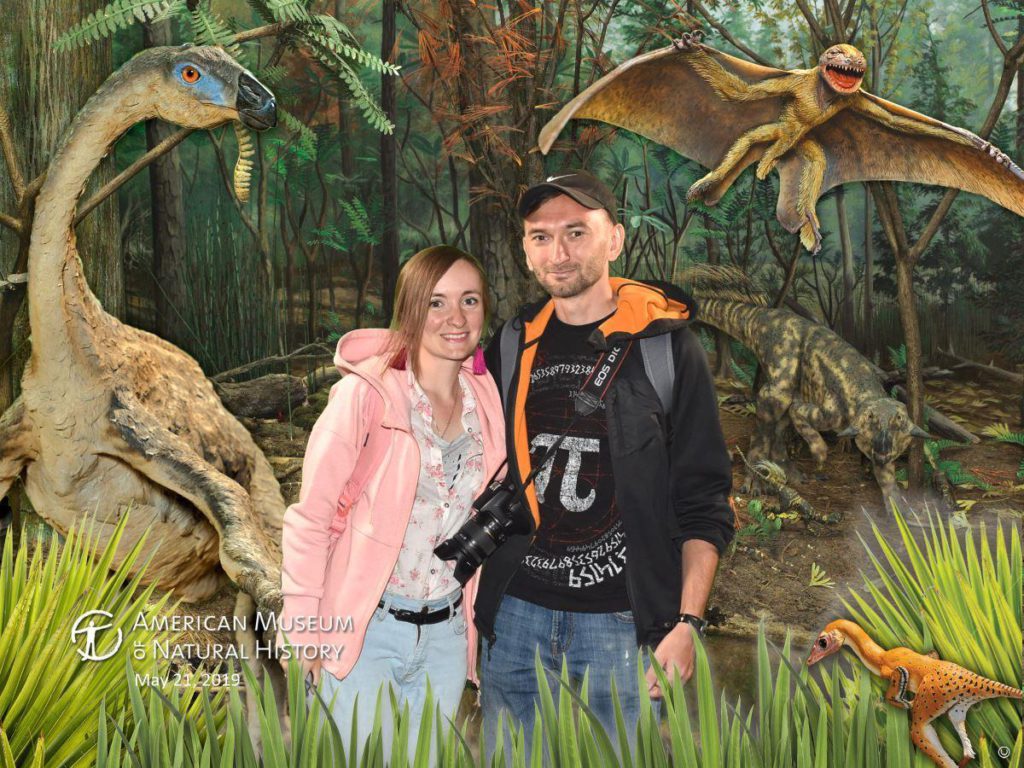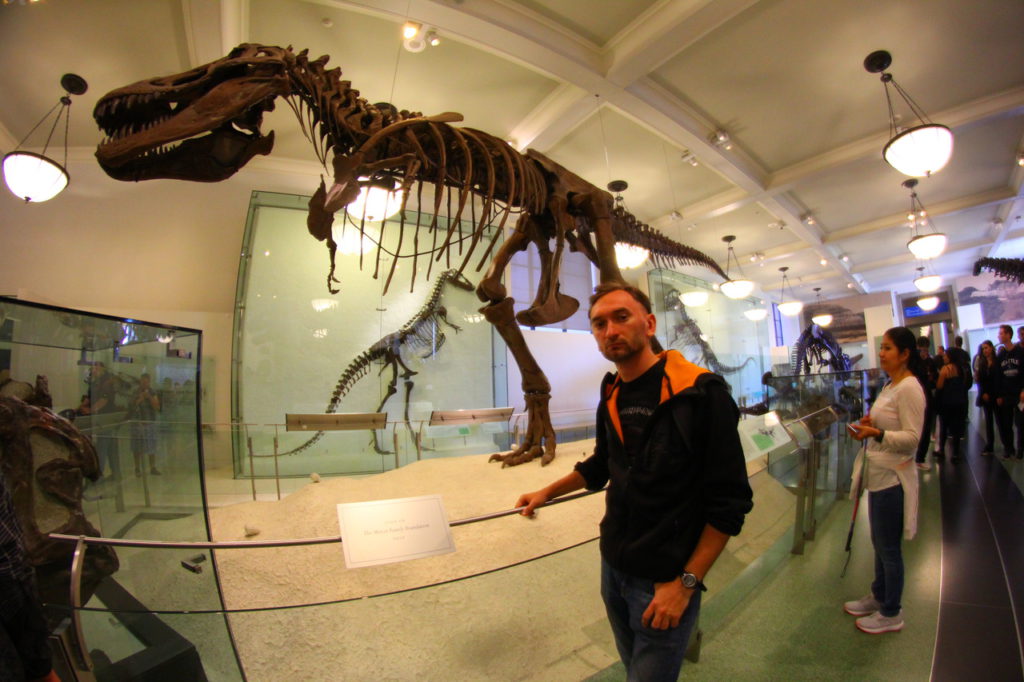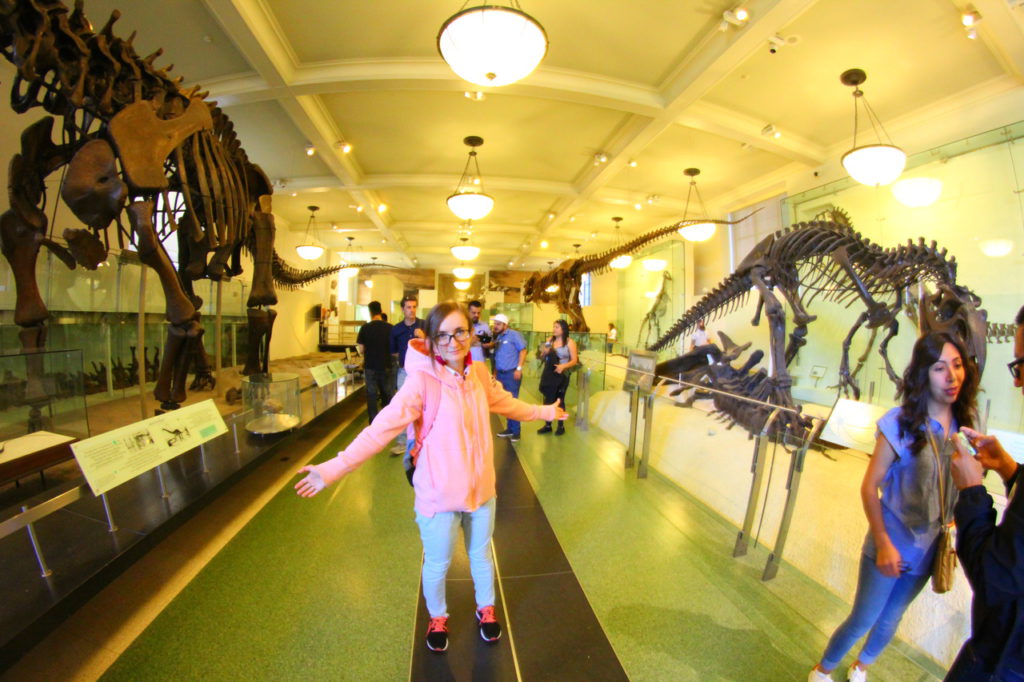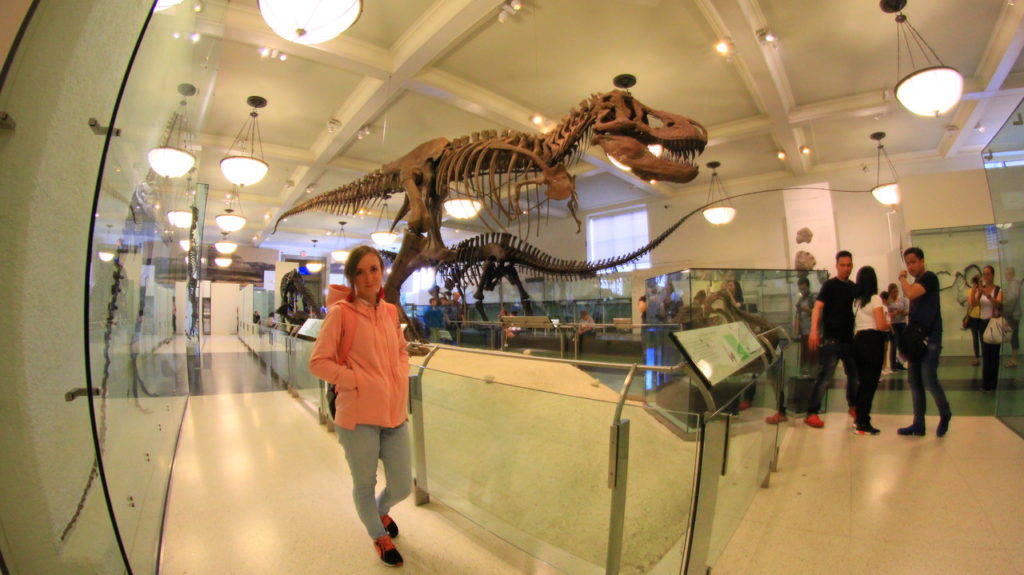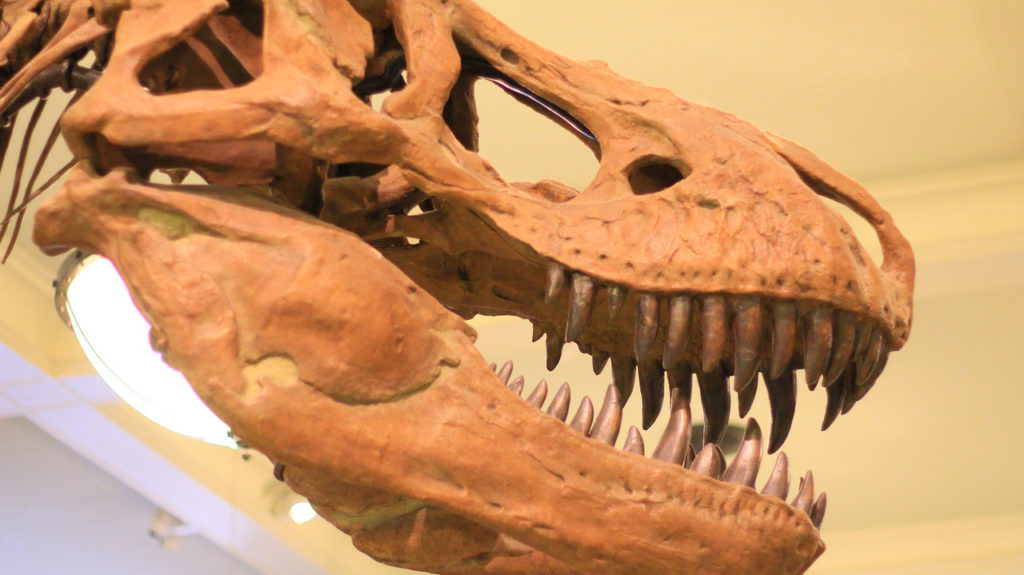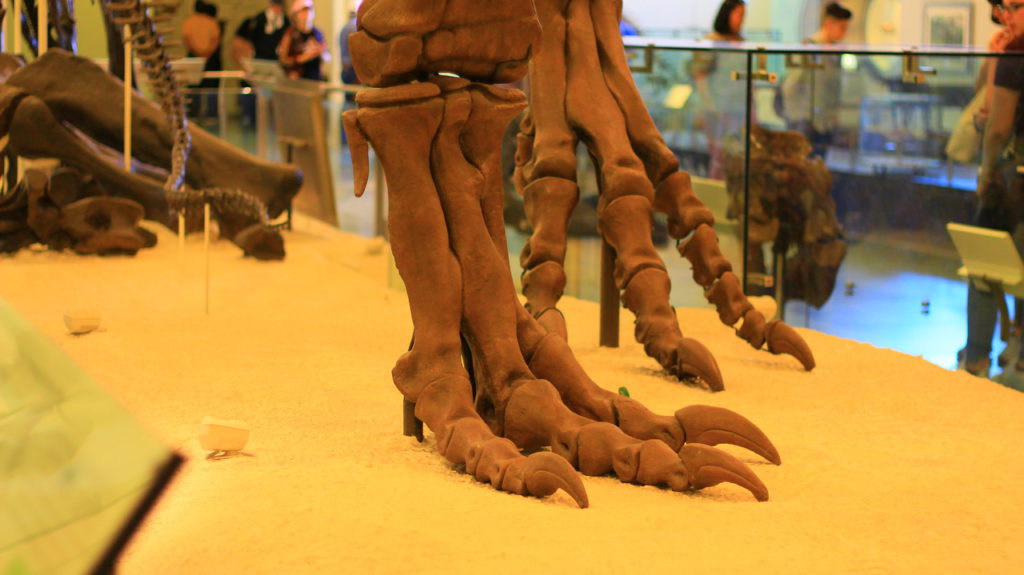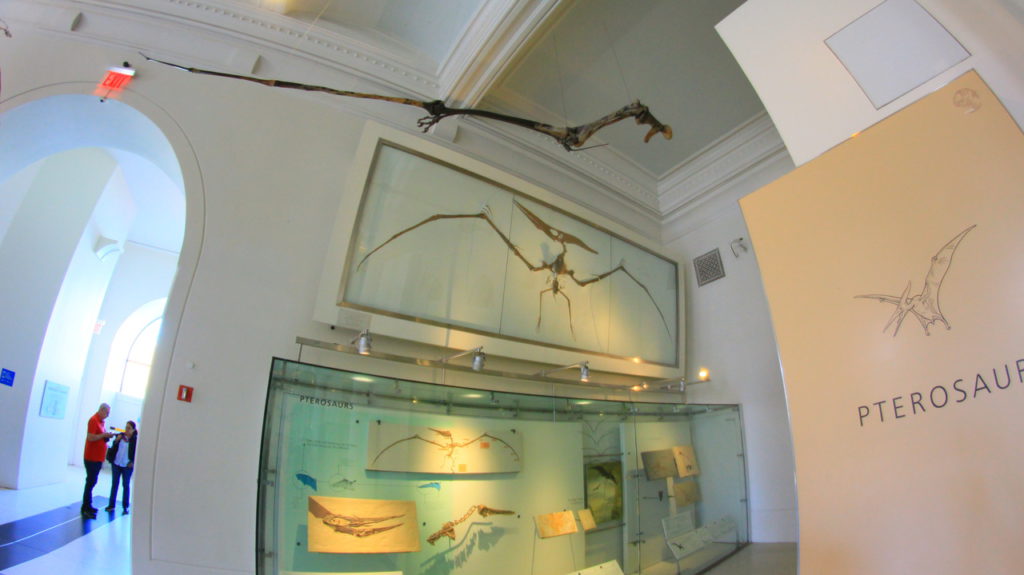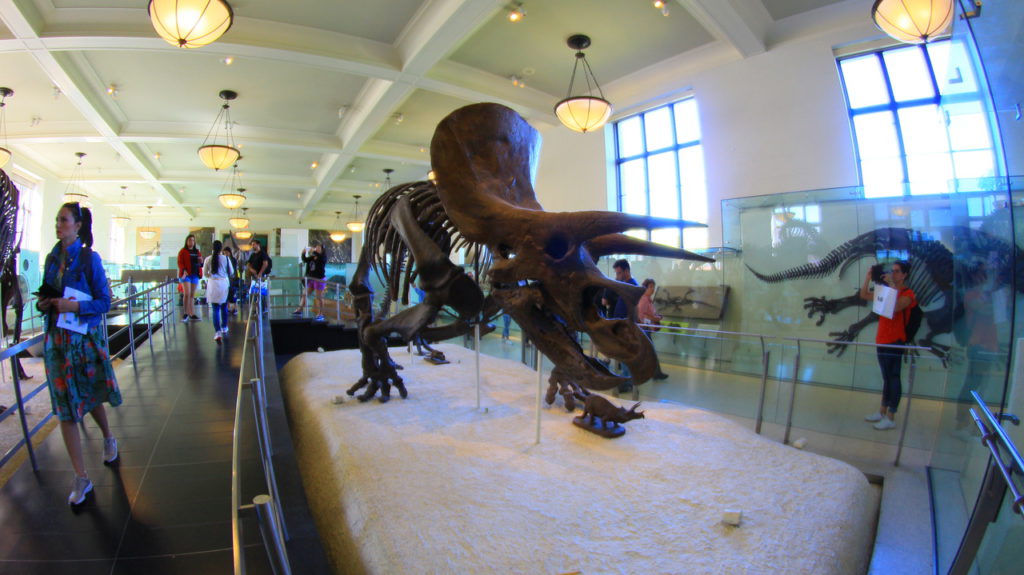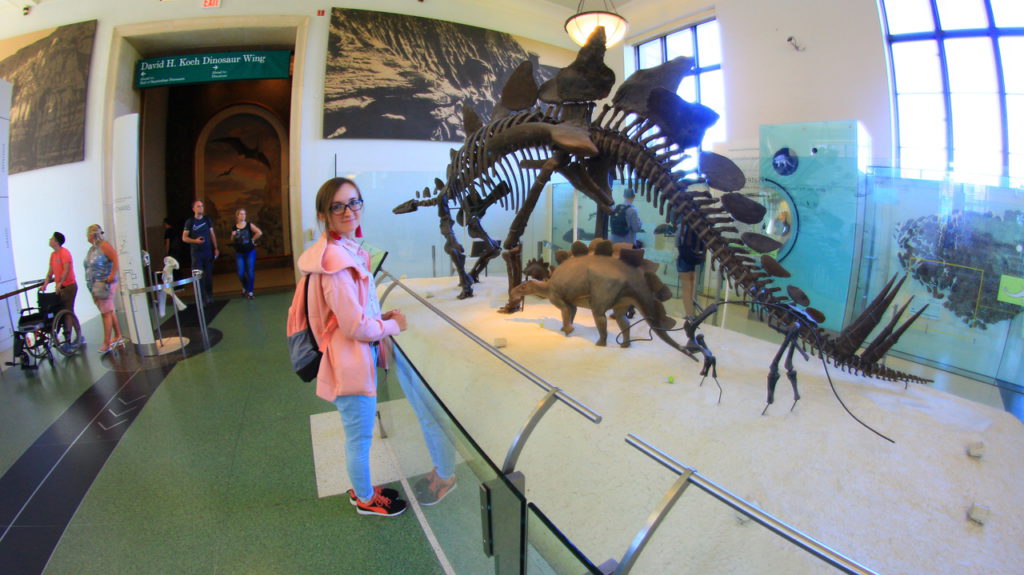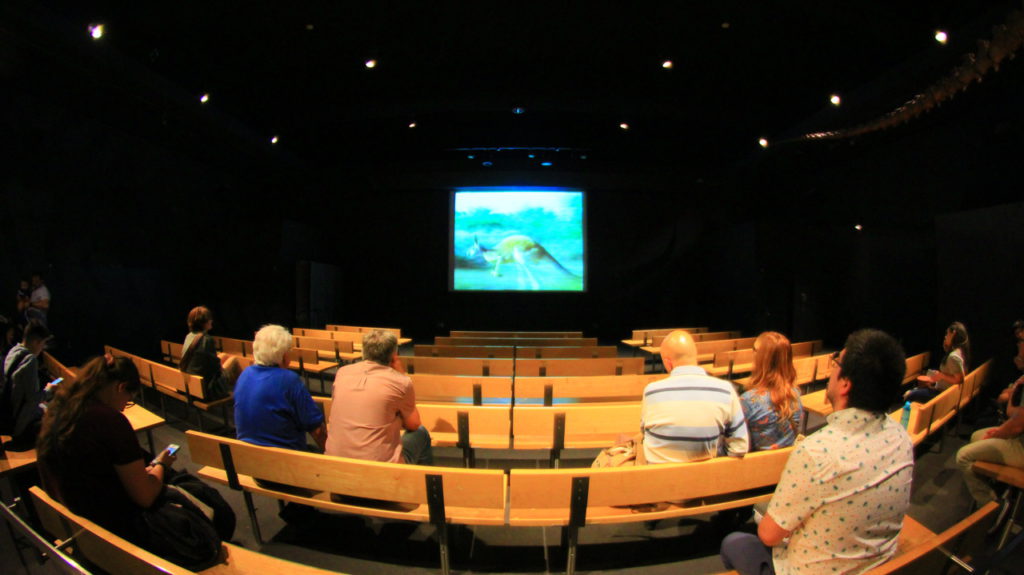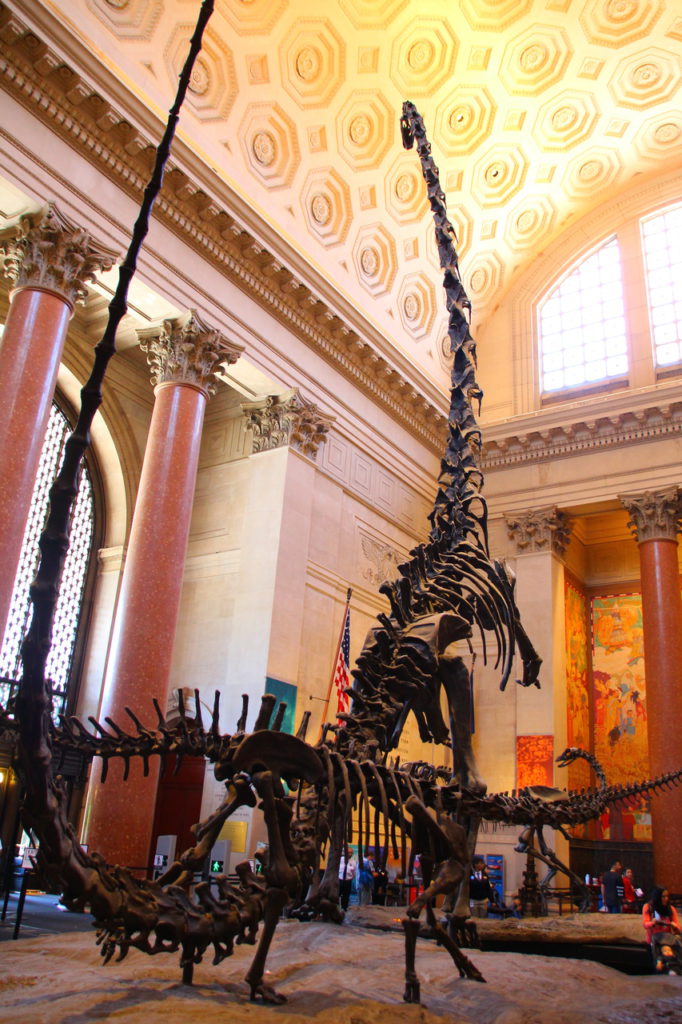 Usually, we are very skeptical about museums. But this museum exceeded all our expectations! Many mysterious secrets of our planet are kept here. This museum, like a time machine, carried us through the millennia of the history of humanity to places and historical events that we were impressed to our very core, and the day spent here, passed like a moment.
Usually, we are very skeptical about museums. But this museum exceeded all our expectations! Many mysterious secrets of our planet are kept here. This museum, like a time machine, carried us through the millennia of the history of humanity to places and historical events that we were impressed to our very core, and the day spent here, passed like a moment.
What did impress us so much? Right now we are going to tell you about this museum and the Top 10, in our opinion, the most interesting, which is worth visiting in this special place.
Pay attention to the fact that the Top 10 numbering is formed not by the importance, but by the order of our visit, and all the sights can be equally interesting!
The American Museum of Natural History is located in the heart of New York City in Manhattan, opposite Central Park.
Looking into the history of the museum’s creation, we learn that it was founded in 1869 thanks to the American naturalist Albert Bickmore. He worked at the Harvard Museum of Comparative Zoology in his student years. Looking for funding, Bickmore met with a lot of New York businessmen and public figures who ultimately agreed to become co-founders of the museum. Sir Theodore Roosevelt, the father of the 26th American president, was among them. New York City, for its part, agreed to cover the costs of building and maintaining the museum building.
The museum consists of 25 interconnected buildings, which house 46 permanent exhibits, research laboratories, and the famous library. The museum’s collection contains over 32 million artifacts of animals, plants, minerals, stones, meteorites, human remains, and cultural artifacts. Only part of these artifacts can be exhibited at a time.
All of the museum artifacts are distributed into the rooms thematically, chronologically and geographically.
You can take a map, which will indicate the location of each hall, at the entrance to the museum. You can also find the map on the official website of the museum.
First of all, we identified the most interesting departments for us as they were located from each other and visited them in order.
№1 Hayden Planetarium
We love everything related to space and we knew that there is one of the most famous planetariums – the Hayden Planetarium in the very center of New York, in Manhattan, near Central Park. And this planetarium is a part of the American Museum of Natural History. First of all, we planned to visit the planetarium.
There is the Space Theater at the top of the Hayden Sphere, where you can watch documentaries about space.
We went to the “Space Trail” after the performance in the Space theater. The formation history of the early Universe is illustrated here.
After visiting the planetarium suddenly we came into the Hall of the Earth, where you can explore geology, weather, tectonic plates of the planet Earth. So unexpectedly for us, we were swallowed up by the mysterious world of our planet and we completely lost track of time.
You can often see schoolchildren and students in the museum, who listen very carefully to the guide.
There are many interactive, multimedia installations around the museum, where you can independently study certain processes on the Earth at different periods of its formation, which makes the process of studying very exciting.
Many educational films are voiced by Hollywood stars here.
Models of planets, stars and galaxies are installed for research in the Hall of the Universe.
And these are scales that show how much you would weigh on the moon.
No. 2 – Dioramas of flora and fauna
There are a lot of dioramas in the museum. Dioramas are the real pride of the museum.
Each diorama is a complete and valid example of a particular corner of the planet with its flora and fauna.
When dioramas were created, they were a unique achievement, a breakthrough in science, because there were no televisions and documentaries about the animal world and wildlife at that time. And in fact, this was the first and the only opportunity for ordinary people to see wild animals, that they had never seen before, in their natural habitat. That’s why such dioramas are so legendary. The animal models look so realistic! It seems like all of these animals can come alive at any moment like in the Hollywood science-fiction films.
No. 3 – Sequoia Slice
You can see a section of a 90-meter sequoia. Individual copies of sequoias reach a height of more than 110 meters – these are one of the highest species of trees on Earth. The maximum age of sequoia is about 2,000 years. You can see a 90-meter sequoia in a slice in the hall of the North American forests. Sequoia also called coastal redwood or California redwood is the tallest living tree on Earth, reaching up to 115.5 m (379 feet) in height (without the roots) and up to 8.9 m (29.2 feet) in diameter!!! These trees are also among the oldest living things on Earth and can live up till 2000 years!!! It’s unbelievable!!!
№ 4 – The Skeleton of the First Human Lucy
The halls of the department of human origin store the real pearl of the museum – the skeleton of the first human Lucy.
Her remains were discovered by a French-American expedition in the Avash Valley in Ethiopia on November 24, 1974. Lucy, who lived about 3.2 million years ago, walked on two legs – she was a representative of the species from which, most likely, humanity came from. Another interesting fact is that Lucy was only 105 cm tall and weighed 27 kg.
No. 5 – Meteorite Hall
Later the labyrinths of the museum led us to the meteorite hall. Meteorites are often the main characters in Hollywood disaster films. Their collision with the Earth threatens the whole planet and all humanity. And in this hall, visitors have the opportunity to see and even touch these celestial bodies.
The Arthur Ross Hall of Meteorites contains some of the finest specimens in the world including a very famous meteorite called Cape York. It consists of iron, fell to Earth about 10,000 years ago and was discovered on the Greenland Island. Its mass reaches about 34 tons.
No. 6 – Models of city-states of ancient civilizations
There is a collection of the most diverse cultures of mankind, artifacts of the most legendary ancient civilizations: Mayans, Aztecs, Incas in this museum.
We were impressed by the models of the city-states of the Maya civilization most of all.
No. 7 – Maya Calendar
The Maya calendar is known for foreshadowing the end of the world on the 21st of December 2012. It was even filmed in a catastrophe movie called “2012”, where the Maya calendar played a key role.
No. 8 – The history of the Indians’ life
Indians are the aboriginal inhabitants of the Americas. Life of Indians (their traditional clothes, culture, way of living) is described in one of the halls in this museum. Mannequin of Indian man is so realistic! Their history is really exciting and makes you learn more and more about it.
More than 570 federally recognized tribes live within the US, about half of which are associated with Indian reservations.
No. 9 – Moai Stone Statues from Easter Island
One of the legendary moai statues is also kept in this museum. Moai are monolithic human figures carved by the Rapa Nui people on Easter Island in eastern Polynesia in the Pacific Ocean between the years 1250 and 1500. There are about 887 moai statues on Easter Island. The tallest moai constructed, called Paro, was almost 10 meters (33 ft) high and weighed 82 tonnes.
This moai statue impressed us so much! We haven’t been to Easter Island yet but nevertheless can tell that we saw its grandiose worldwide known moai statue.
No. 10 – Fossils – Dinosaur Skeletons
Another highlight of the museum is the largest collection of fossil mammals and dinosaurs in the world. Their sizes and height impress so much!
There is a small cinema after the dinosaur hall. Here you can watch a video about the origin of the giant “ancient lizards”.
Also, you can watch educational popular science films at the IMAX cinema of the museum. During our visit, a film about the life of dinosaurs was shown there.
You can admire the insects in the Museum of Butterflies from September to May.
The American Museum of Natural History is quite often involved and popularized in the cinema.
The fantastic comedy “Night at the Museum” was filmed in this museum.
A day is not enough to see all the exhibits of the museum, but anyway we advise you to visit it in order to have a general impression about this special museum. We recommend combining a visit to the museum with a show at the Hayden Planetarium.
Address: 200 Central Park West, New York, NY 10024
The nearest subway station: 81 St – Museum of Natural History.
Price per ticket: about 23 USD (museum) or about 28 USD (museum + movie in the planetarium).
We recommend you to check the opening hours of the museum before the visit on the official website.
Author (c) Iryna Melnyk
Photos (c) Nick Melnyk

